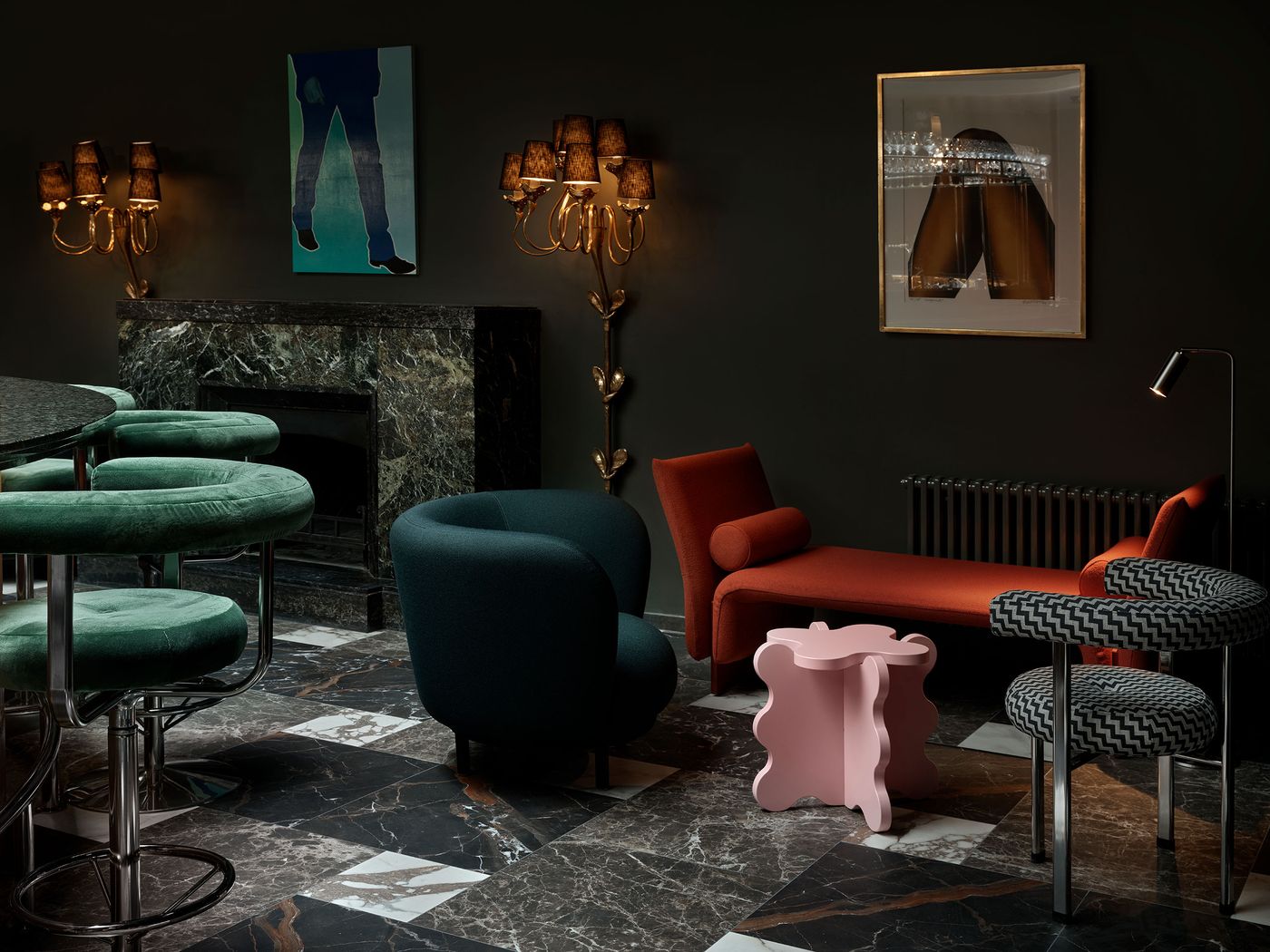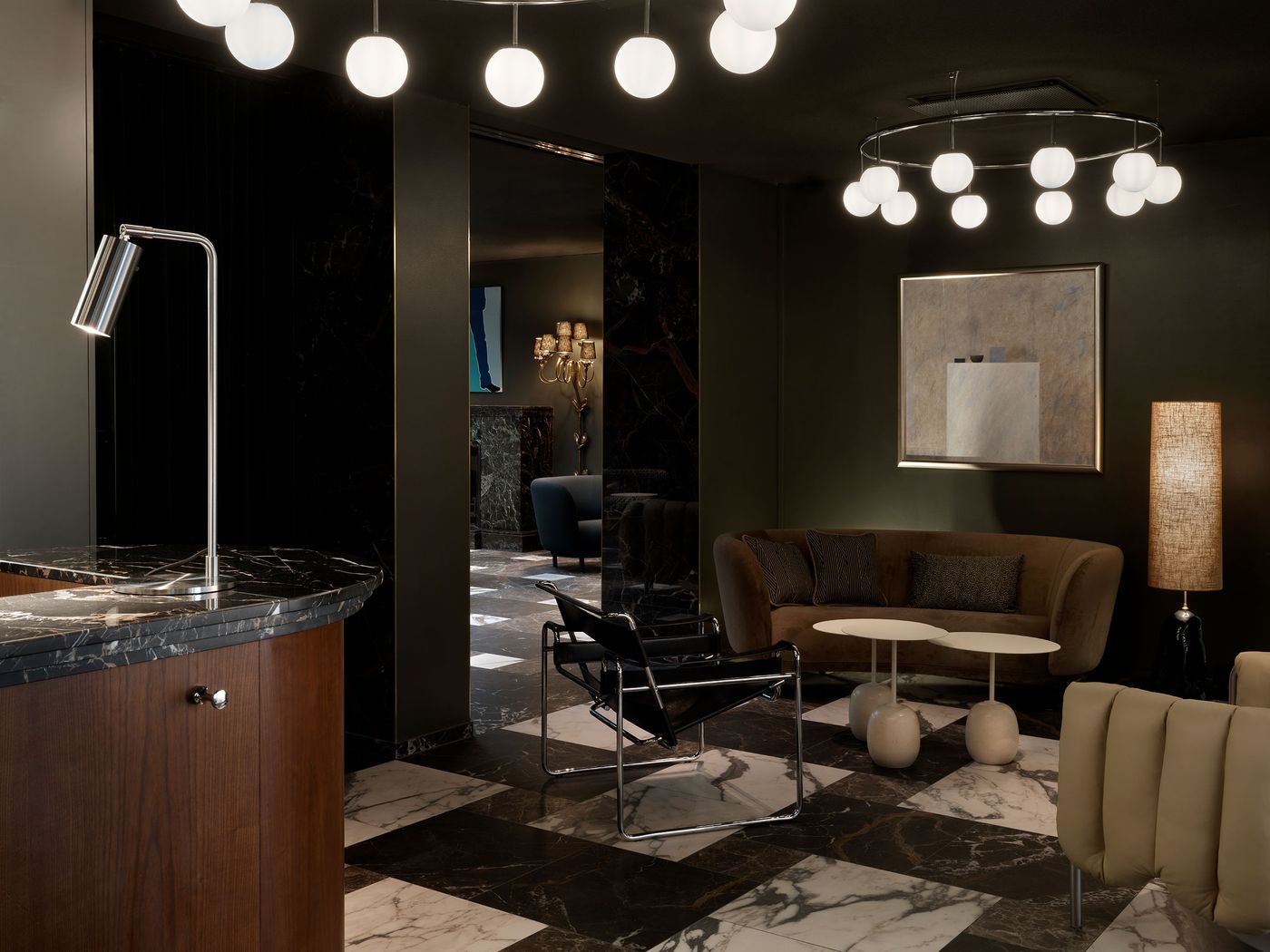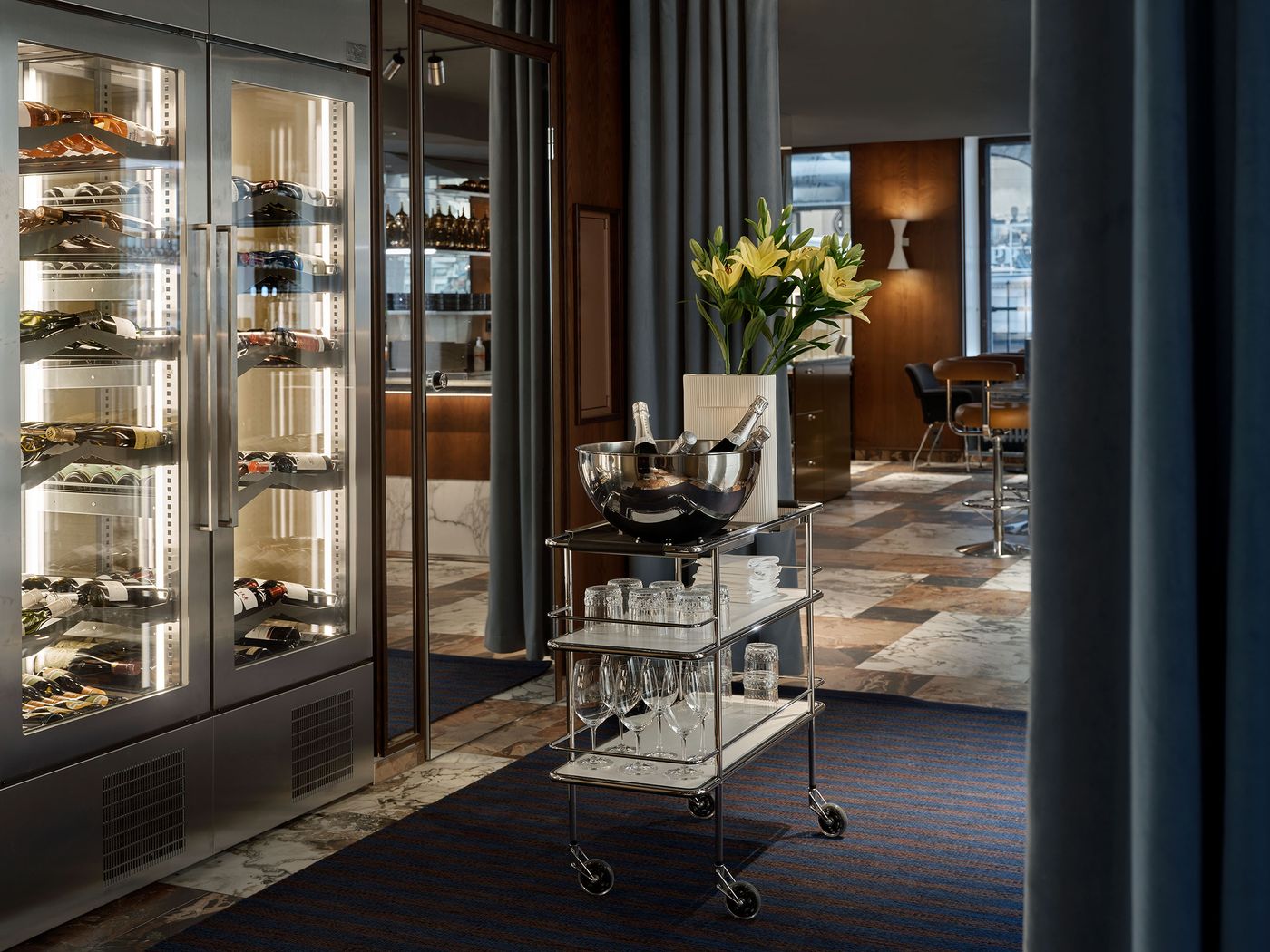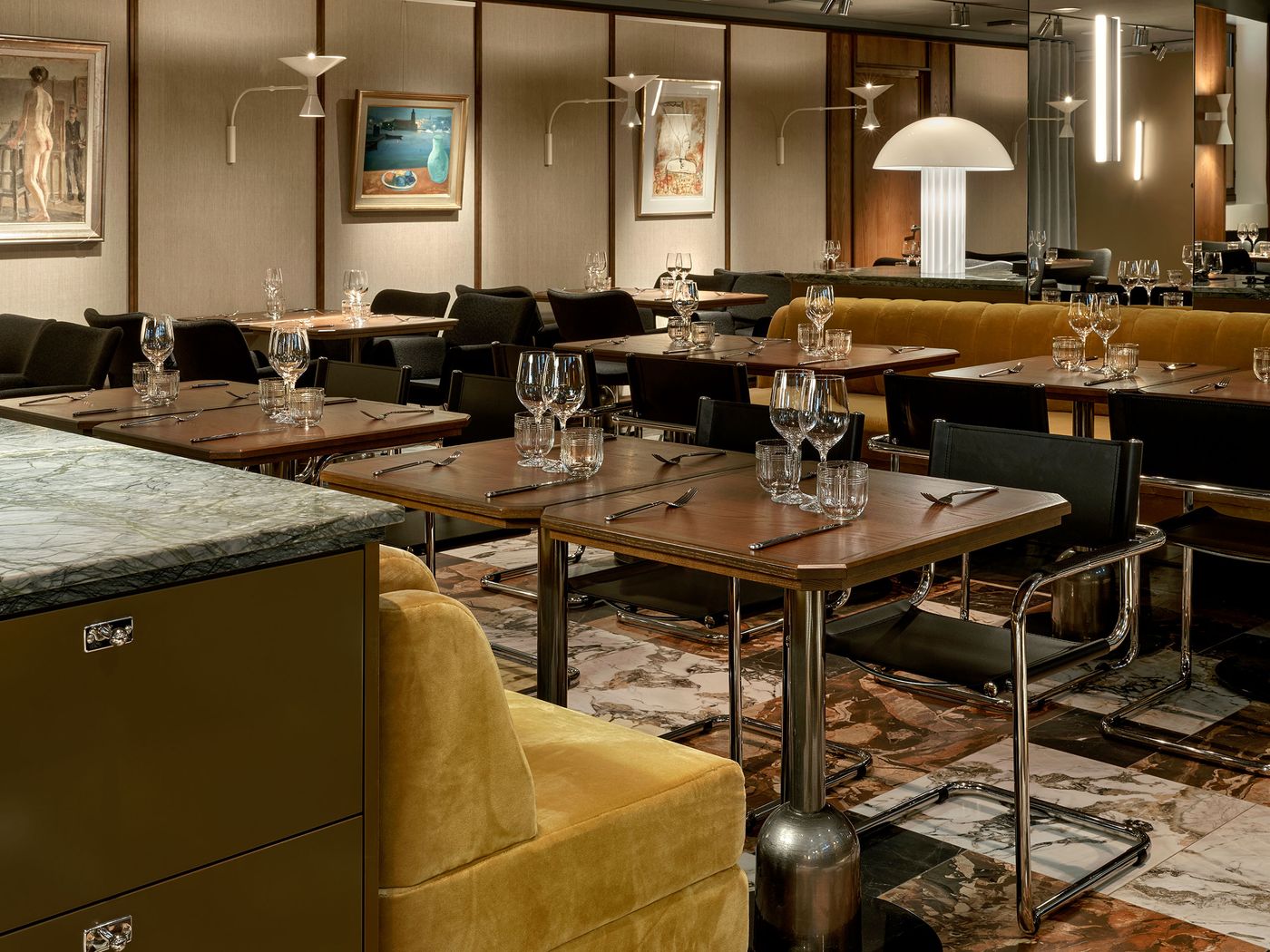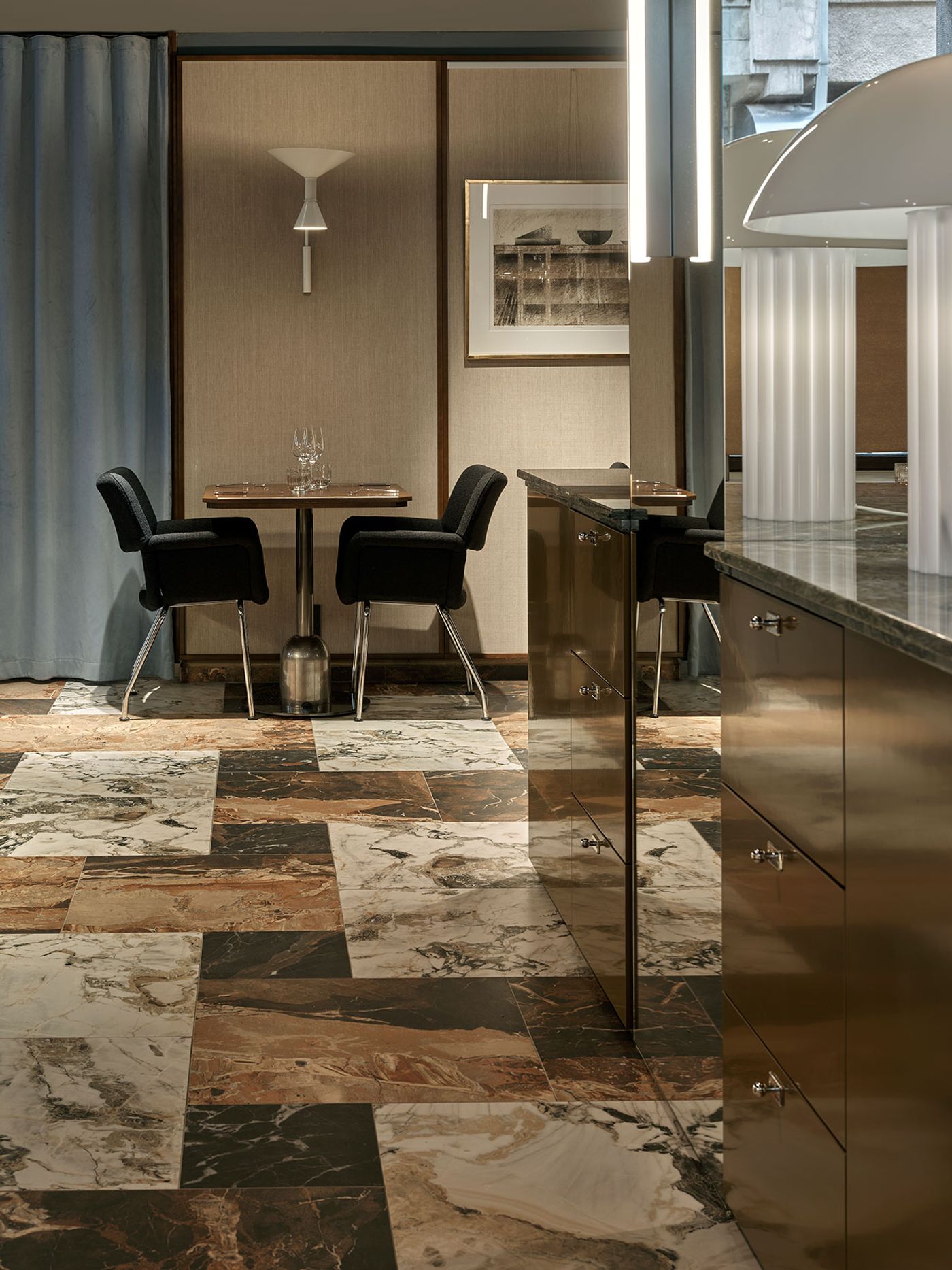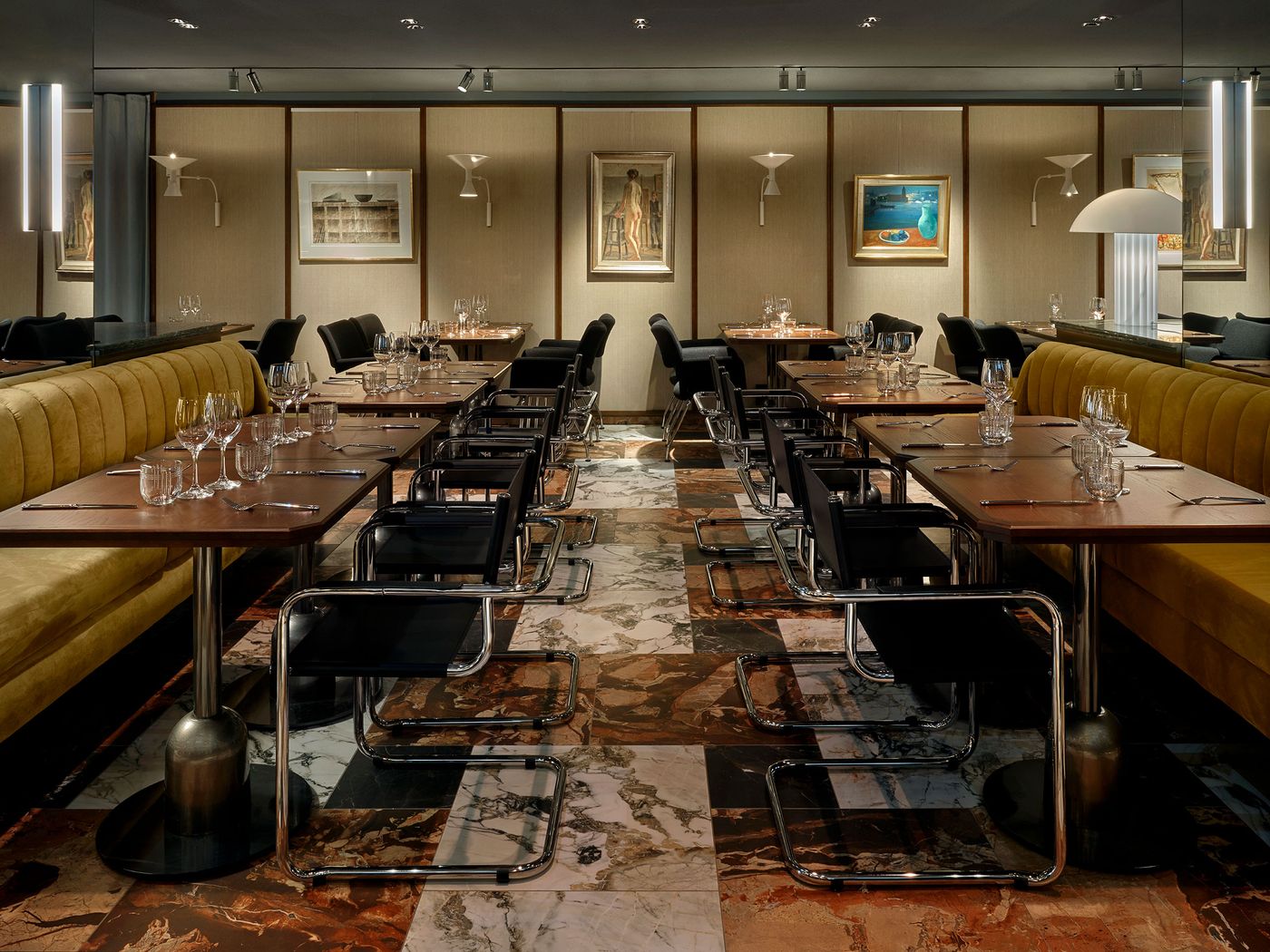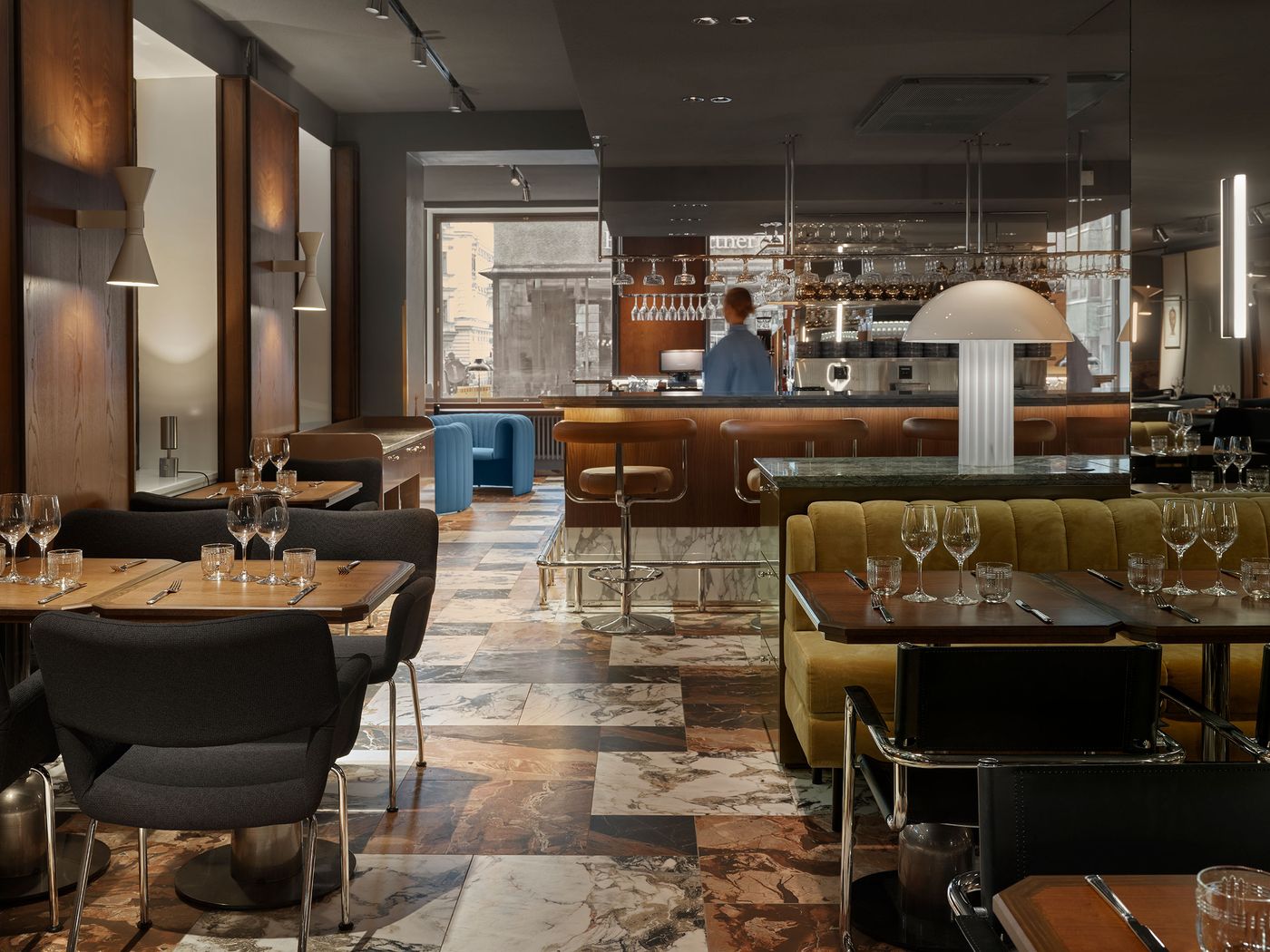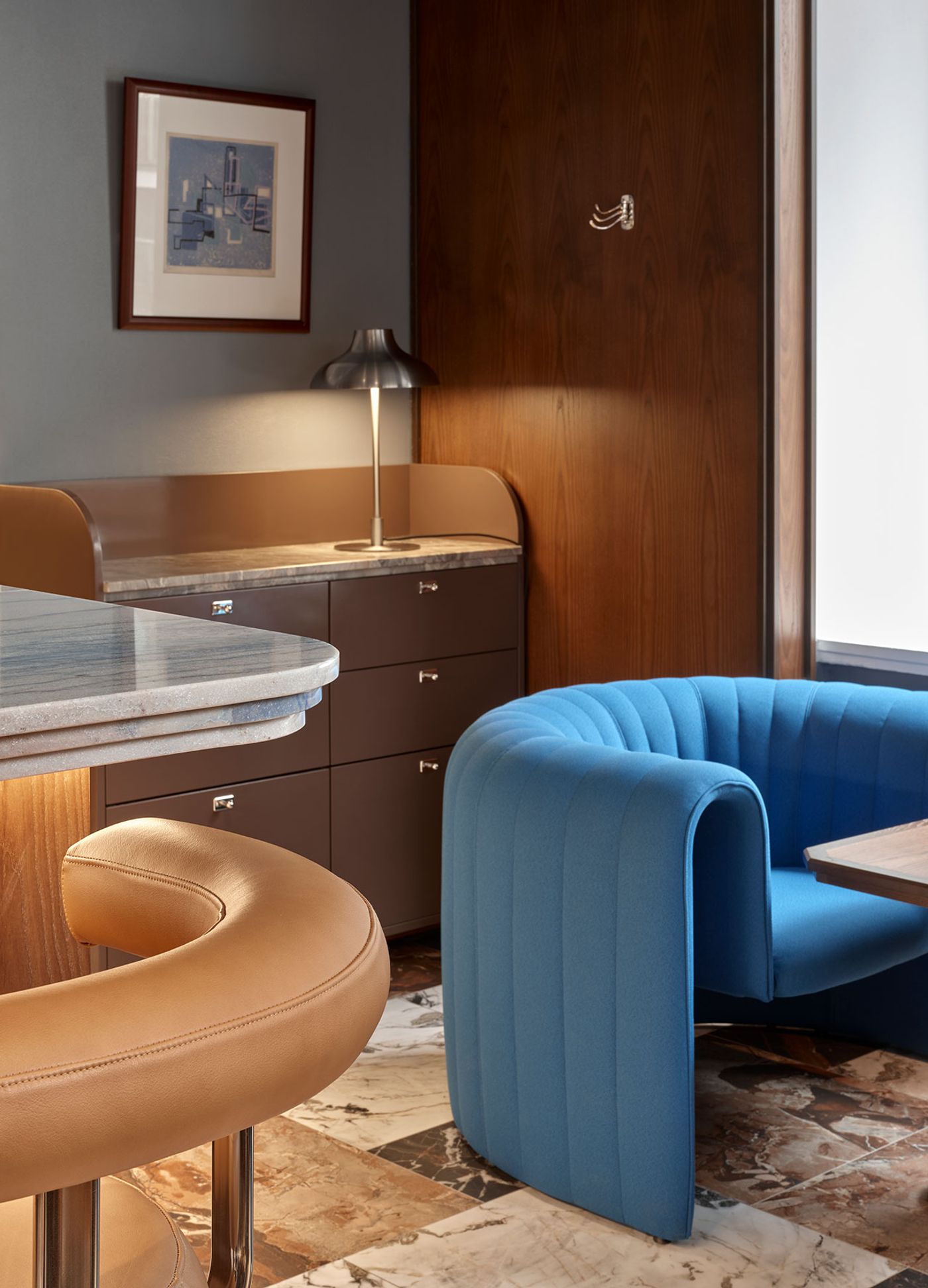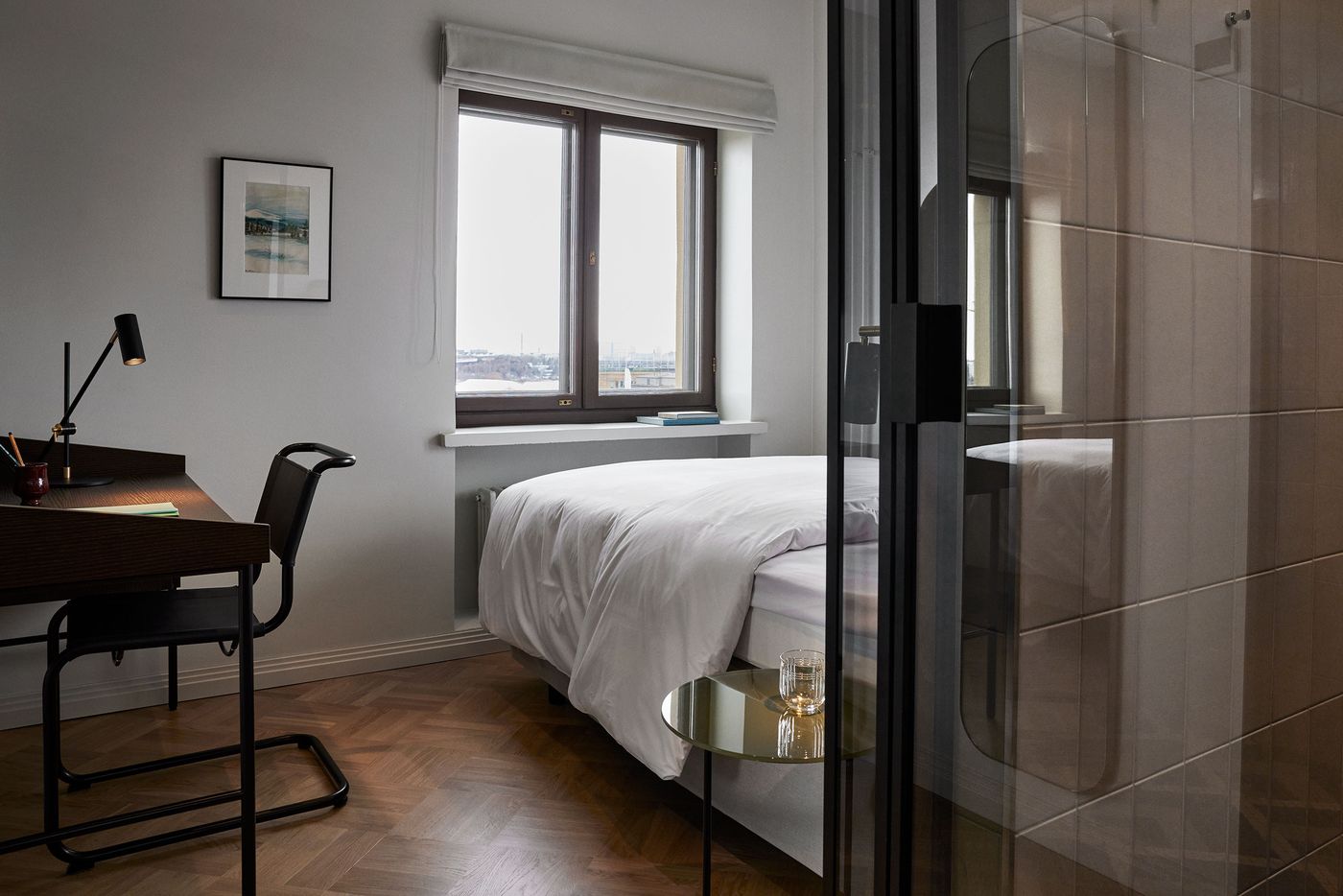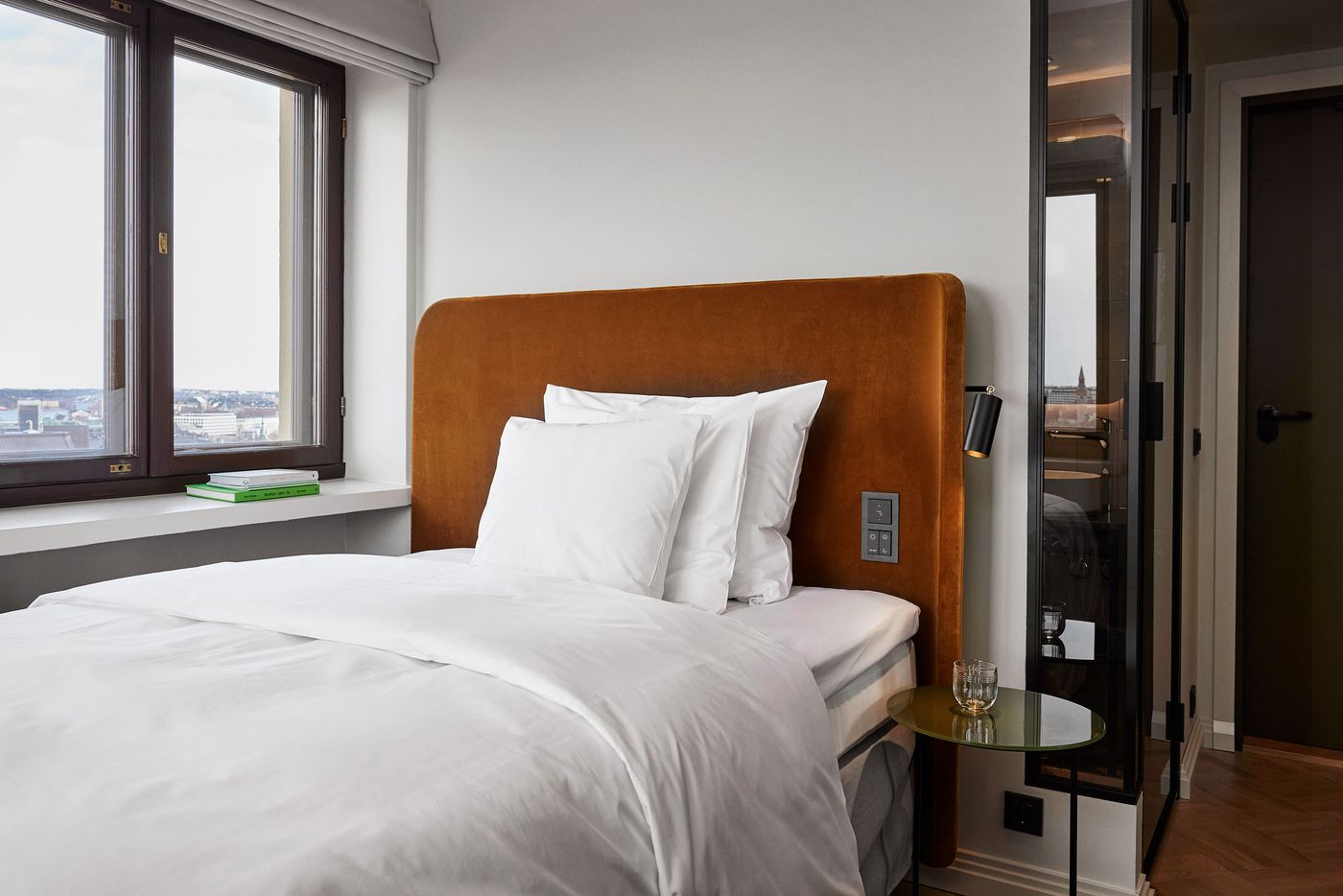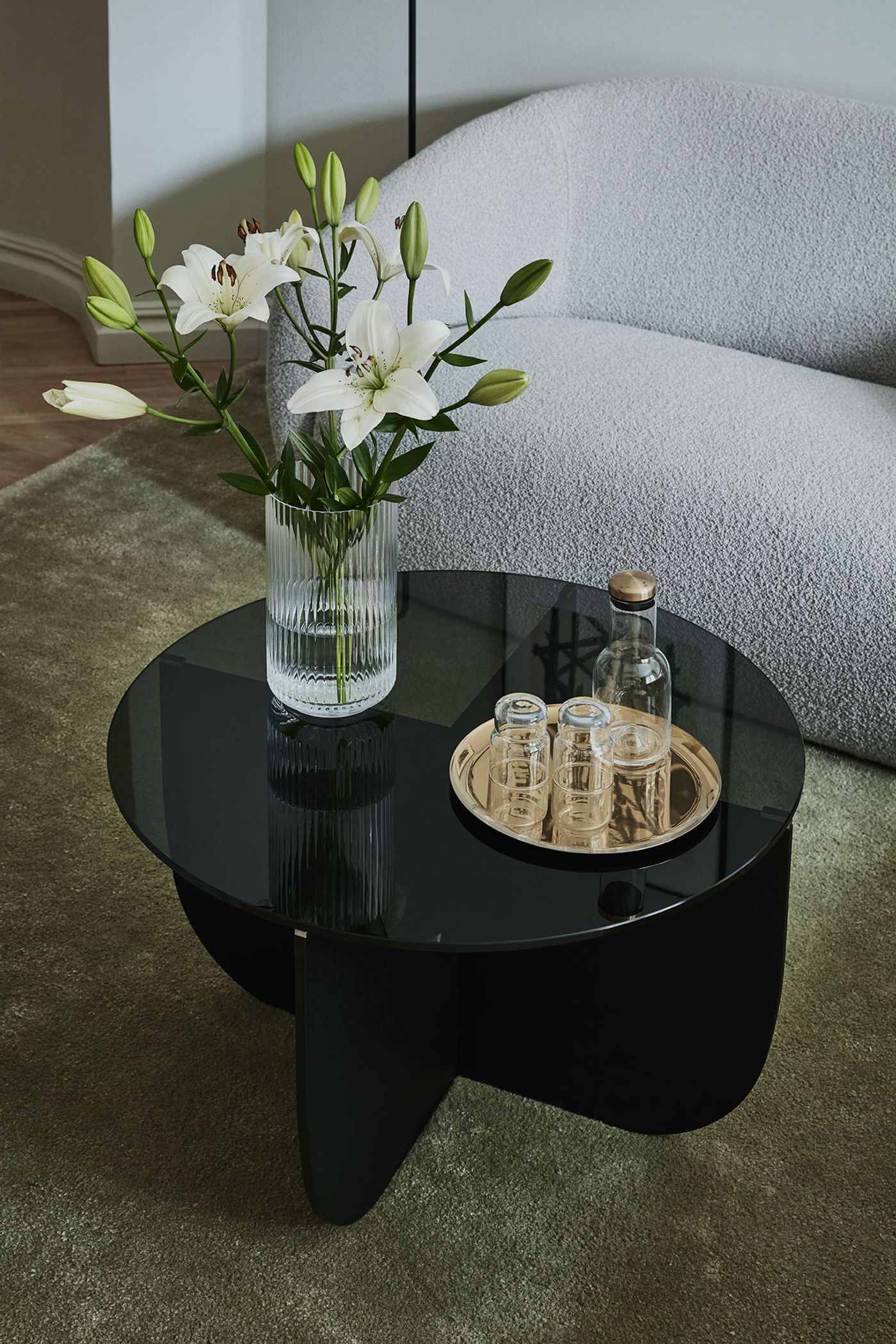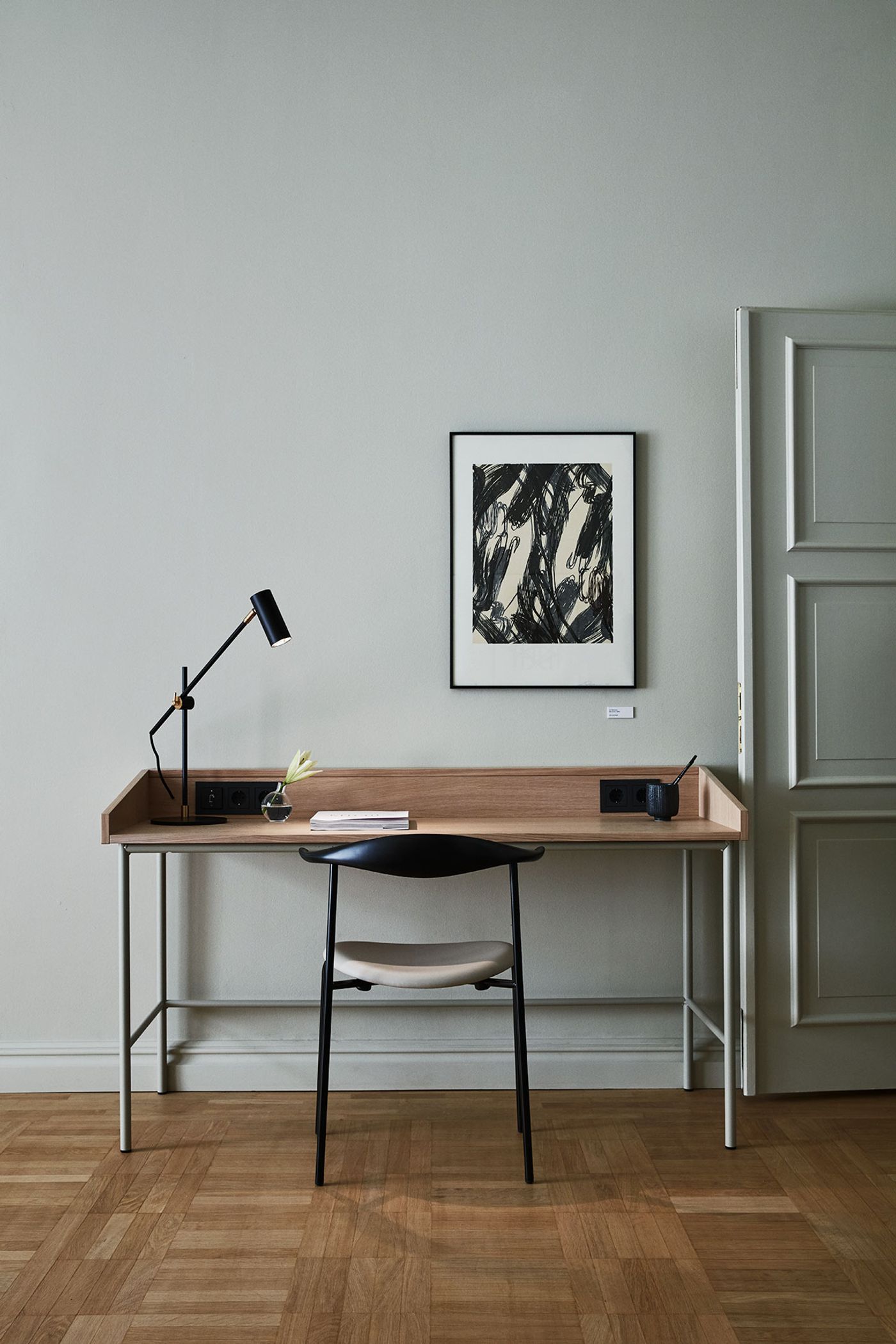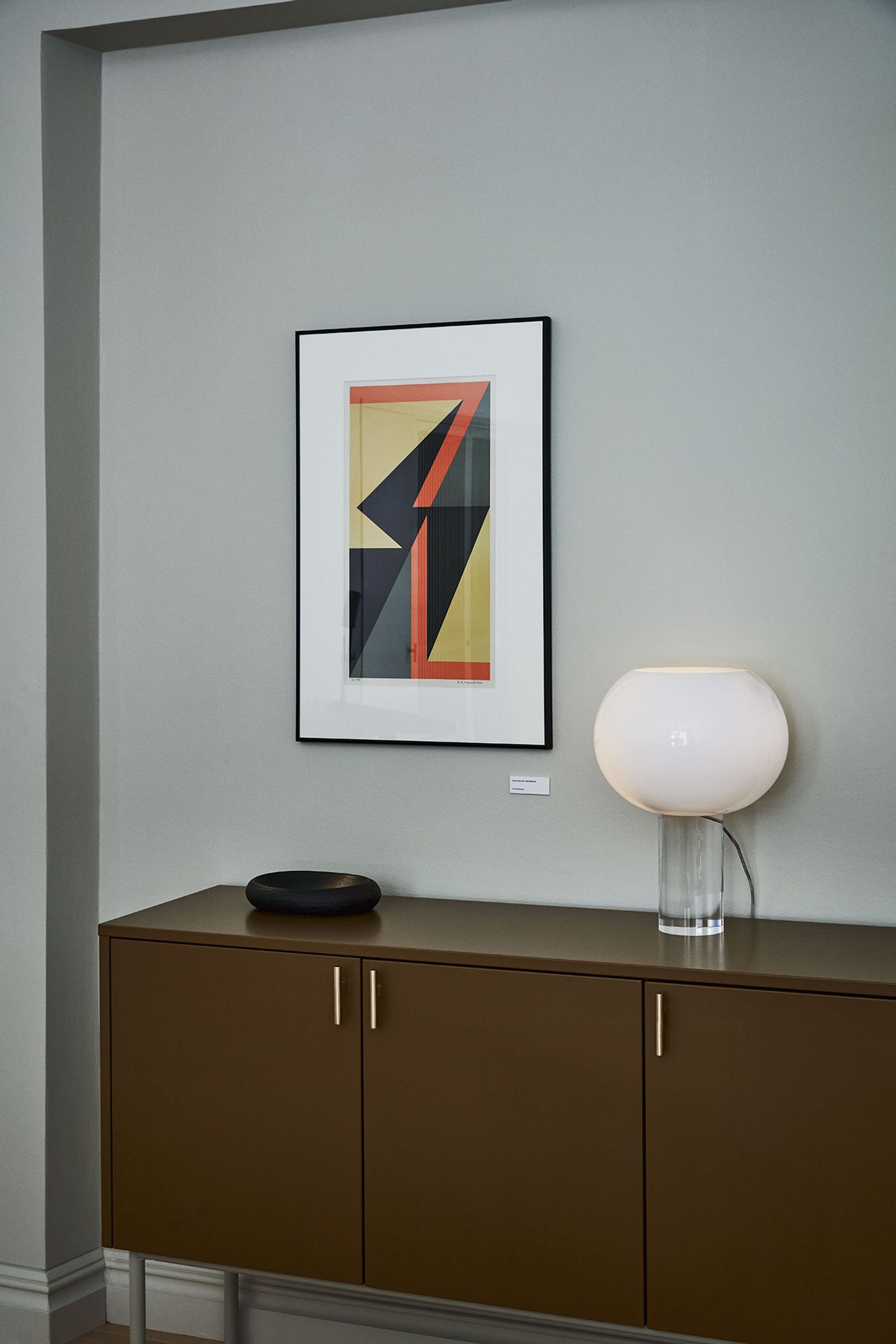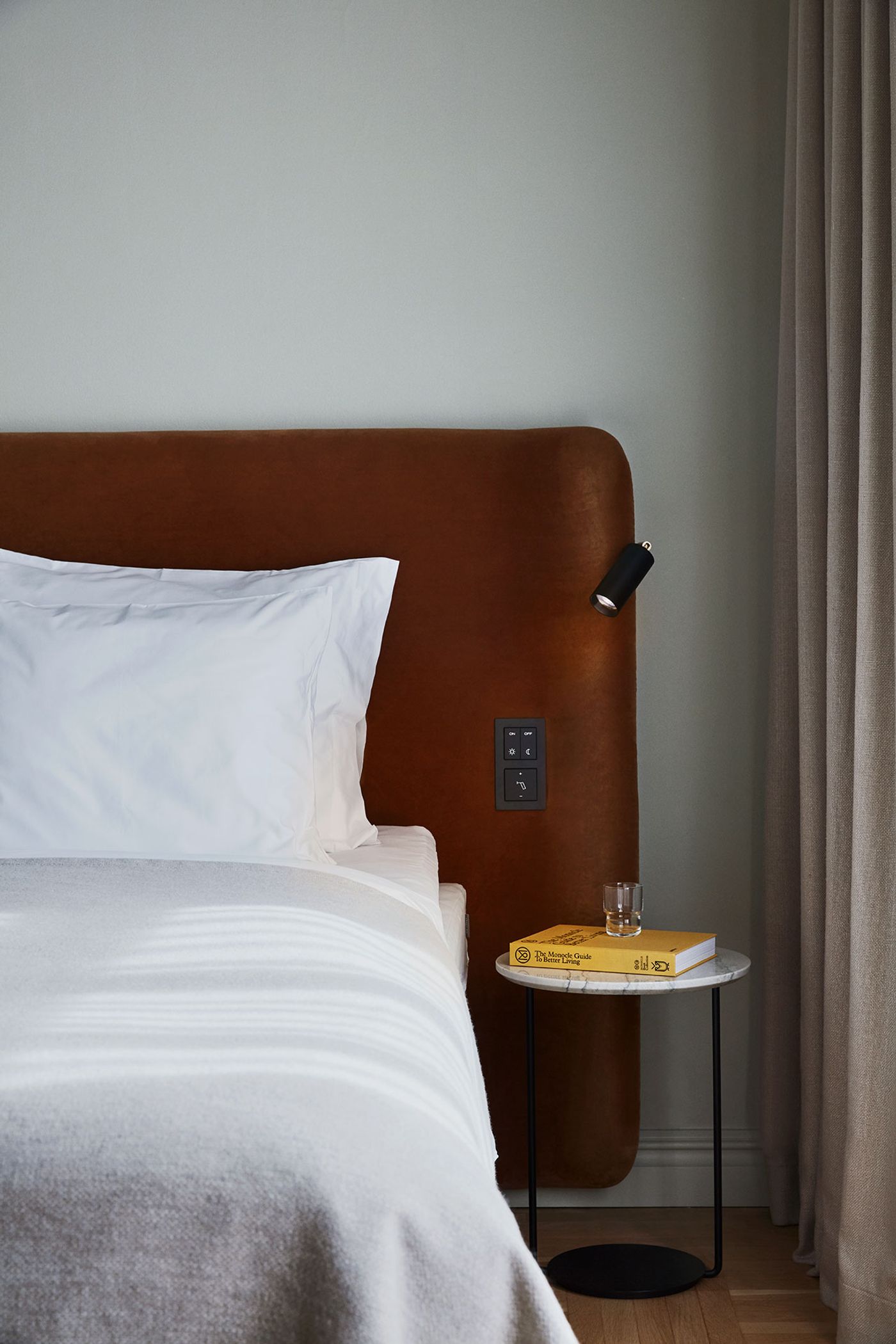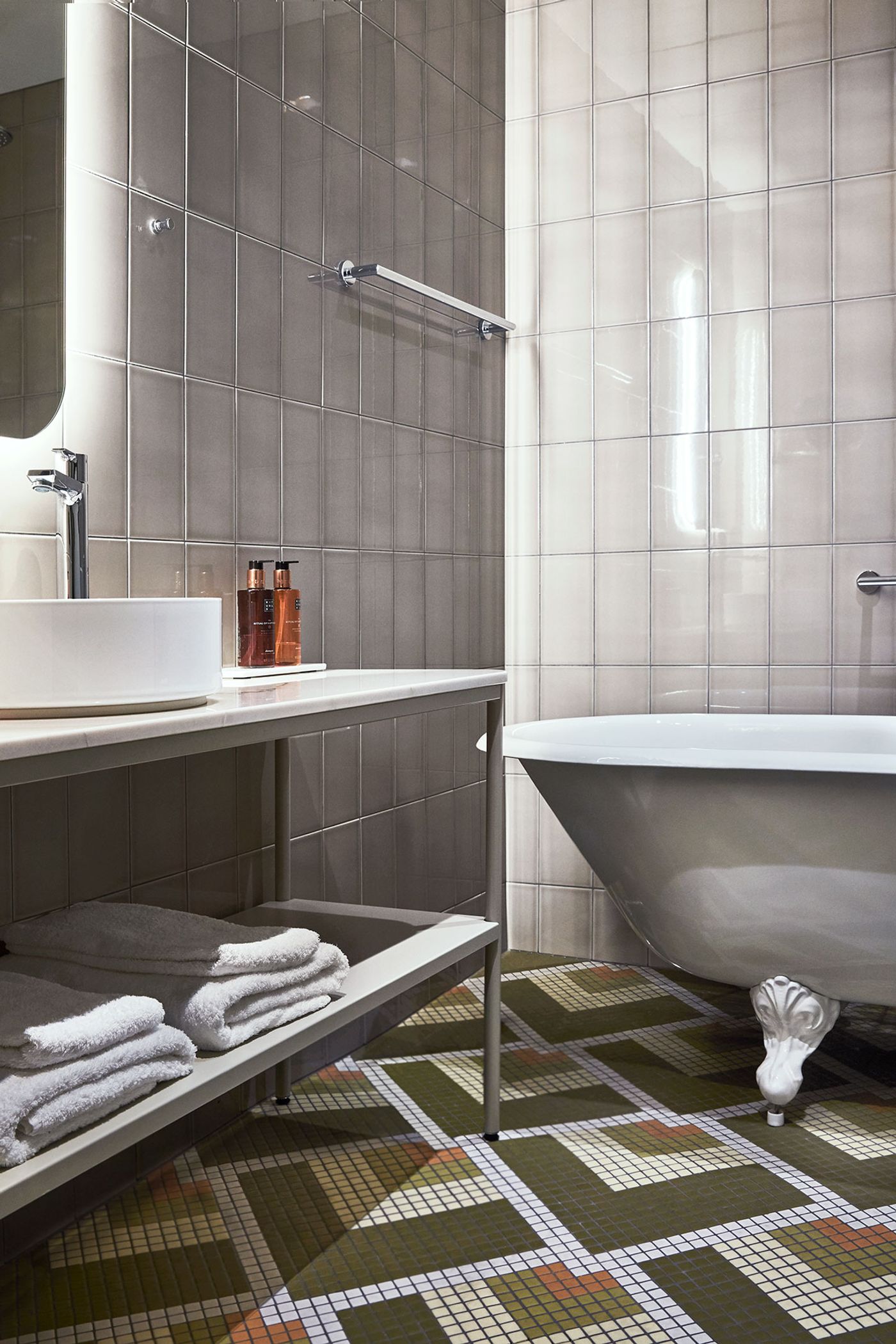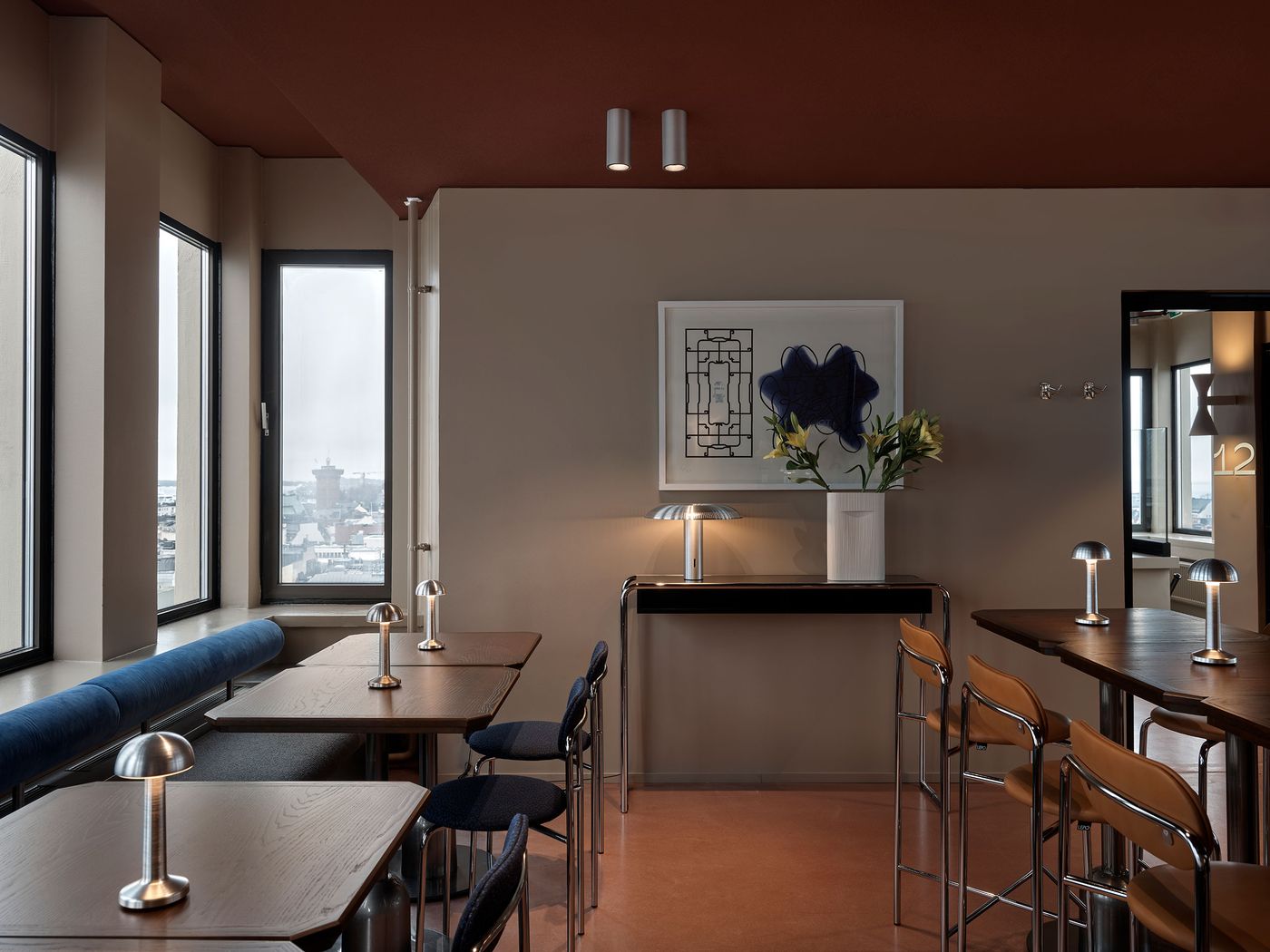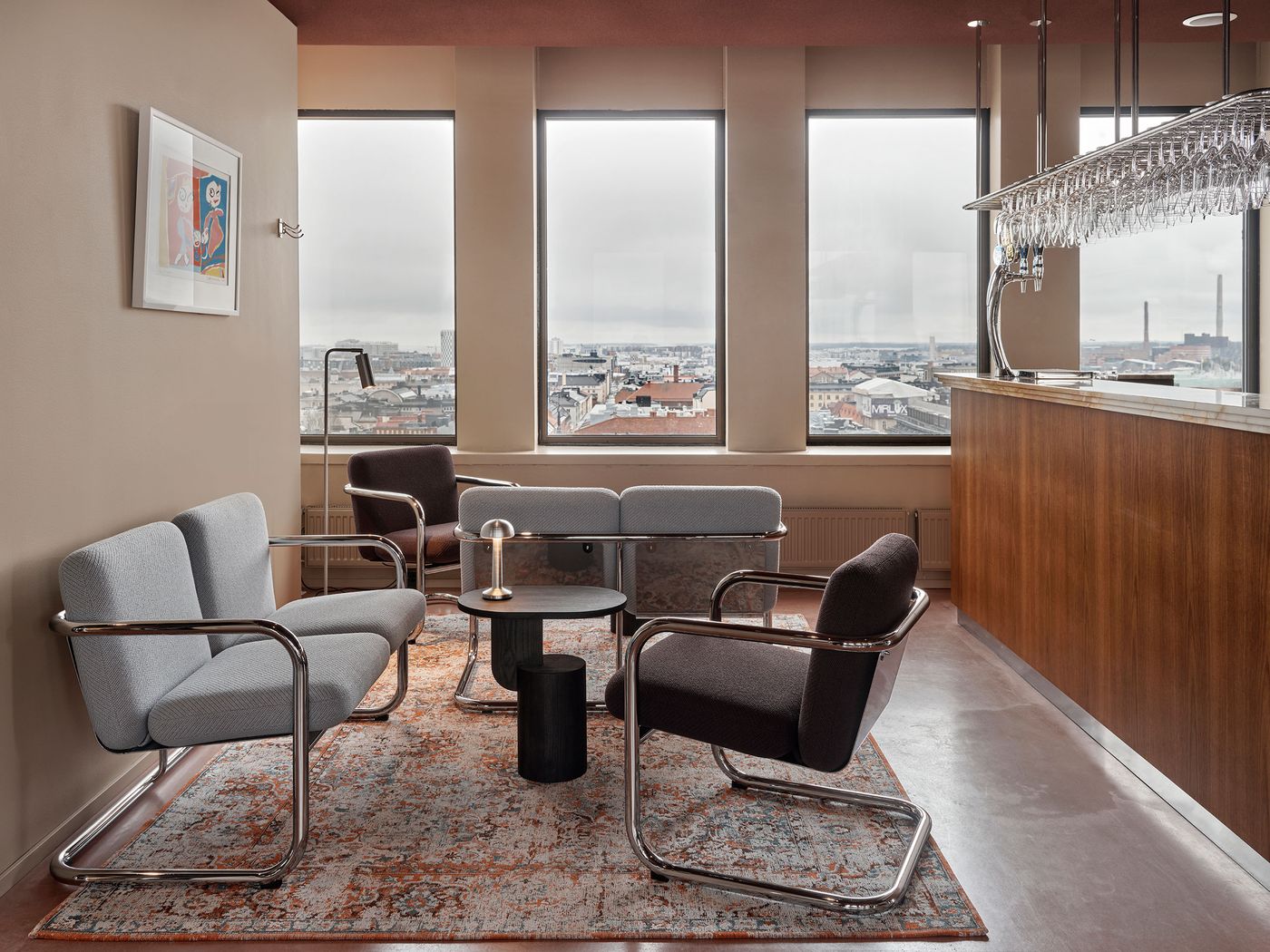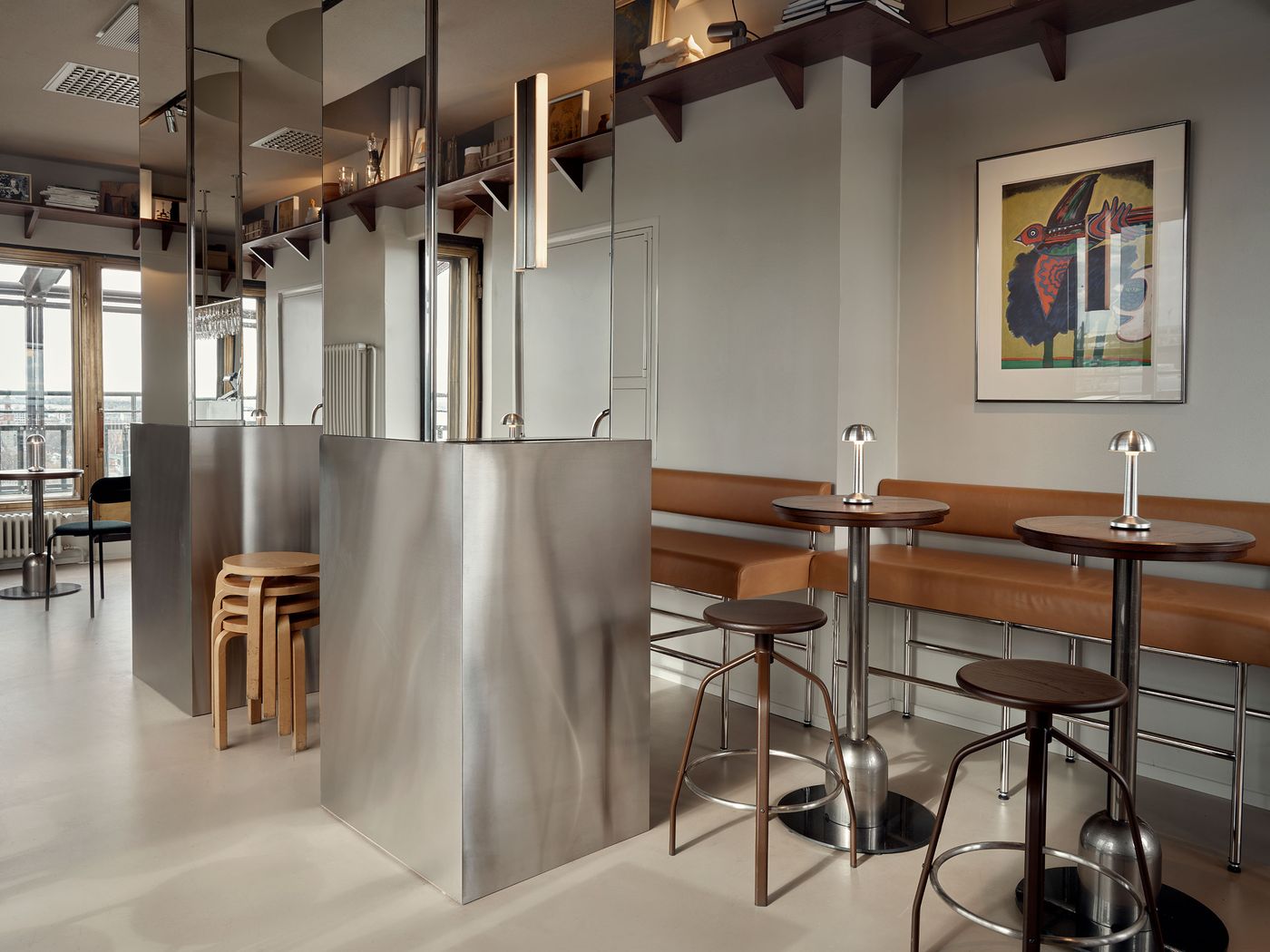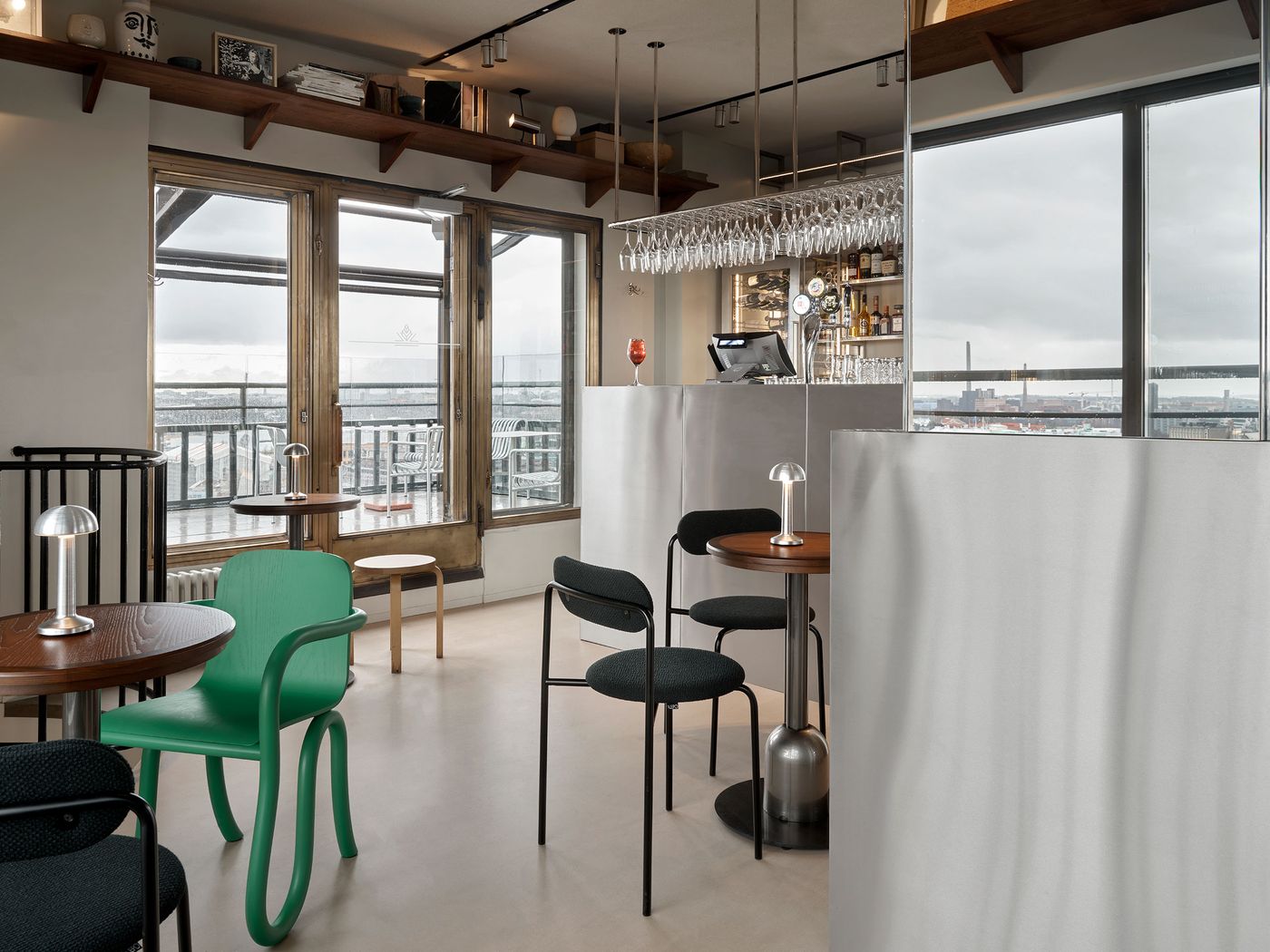
Helsinki’s Hotel Torni Reclaims its Iconic Status as an Art-Filled Haven of Bohemian Sophistication and Eclectic Playfulness
Words by Eric David
Location
Helsinki, Finland
Helsinki’s Hotel Torni Reclaims its Iconic Status as an Art-Filled Haven of Bohemian Sophistication and Eclectic Playfulness
Words by Eric David
Helsinki, Finland
Helsinki, Finland
Location
When Hotel Torni opened its doors in Helsinki in 1931, its skyscraper-like design (‘torni’ means tower in Finnish) caused quite a stir—not everyone was favourable to a 70-metre-tall building monopolizing the city’s low-lying skyline. Nevertheless, it soon became a beloved Helsinki landmark, not to mention the epicentre of the city’s political, cultural and culinary life. Fast forward ninety-one years to the hotel re-opening its doors last April after an extensive two-year renovation, this time to an unanimously adulatory response.
The crown jewel of Finnish hotel chain Sokos Hotels (SOK), the revamped Torni channels the bohemian, high class and eclectic spirit of the original hotel through a lens of contemporary refinement, courtesy of interior design agency Fyra, responsible for the hotel’s restaurant, two unique bars and reception area, and Studio Joanna Laajisto who handled the renovation of the 154 rooms, stairways and corridors. Mixing Art Nouveaux, Art Deco and mid-century modern references along with a diverse art collection displayed across the premises, the renewed Torni wears its rich, storied past on its sleeve but at the same time emanates a fresh, modern vibe.
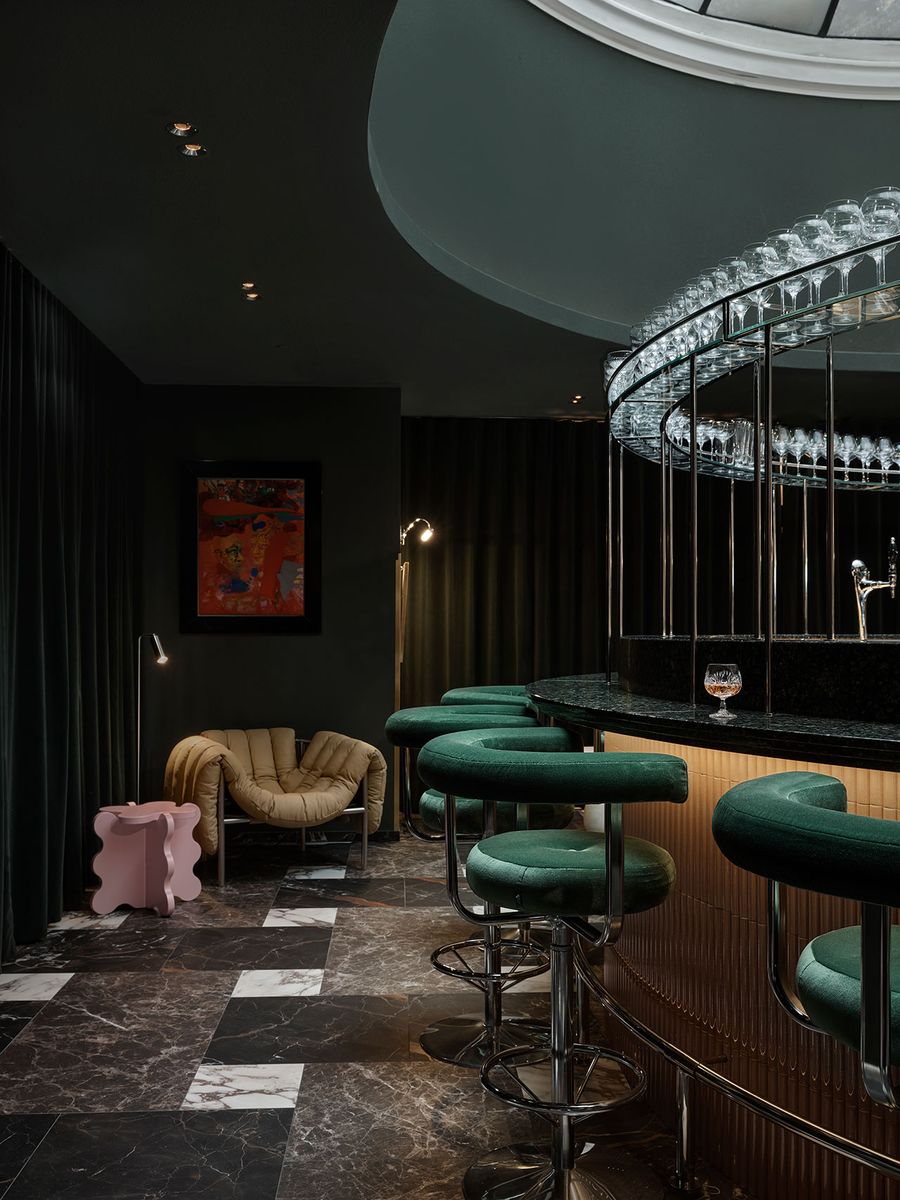
American Bar. Photography by Riikka Kantinkoski.
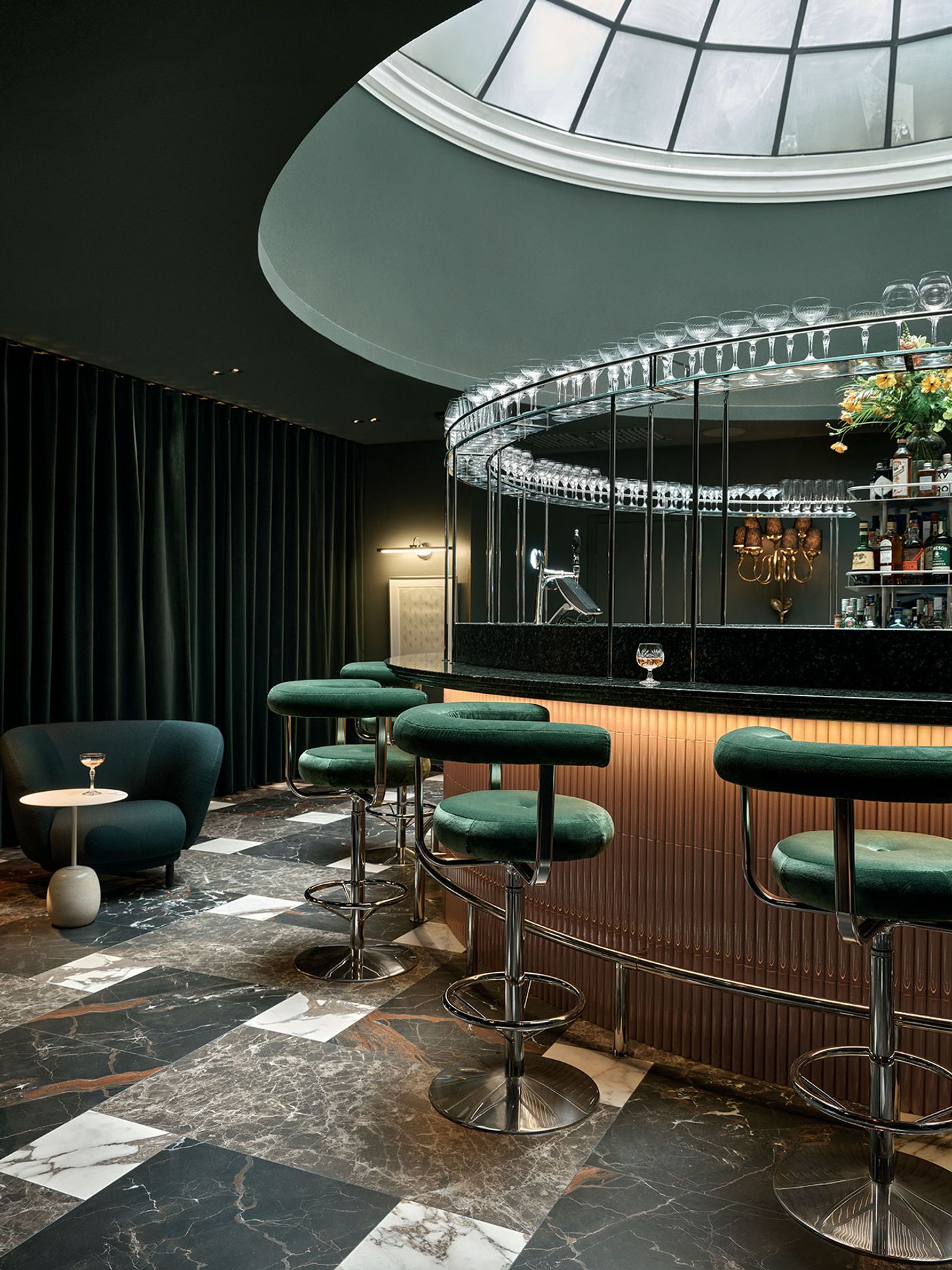
American Bar. Photography by Riikka Kantinkoski.
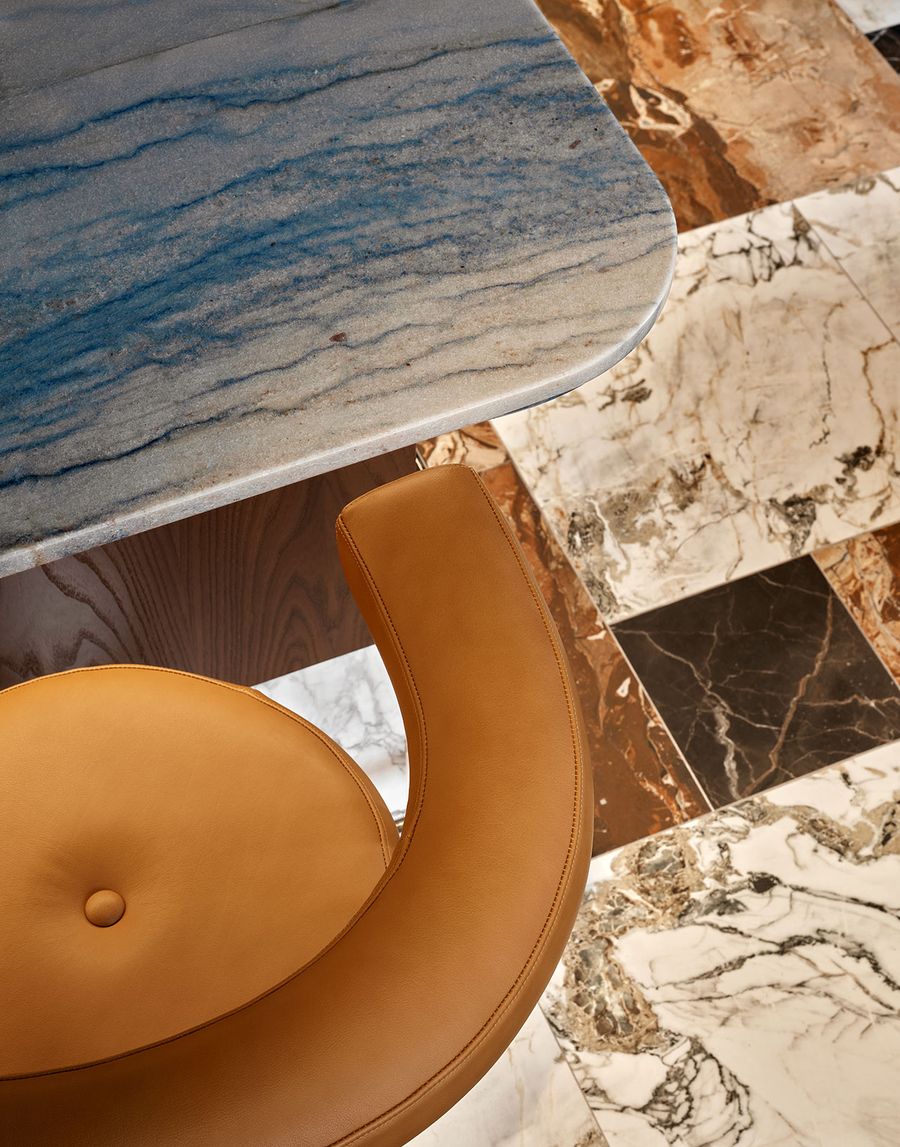
Photography by Riikka Kantinkoski.
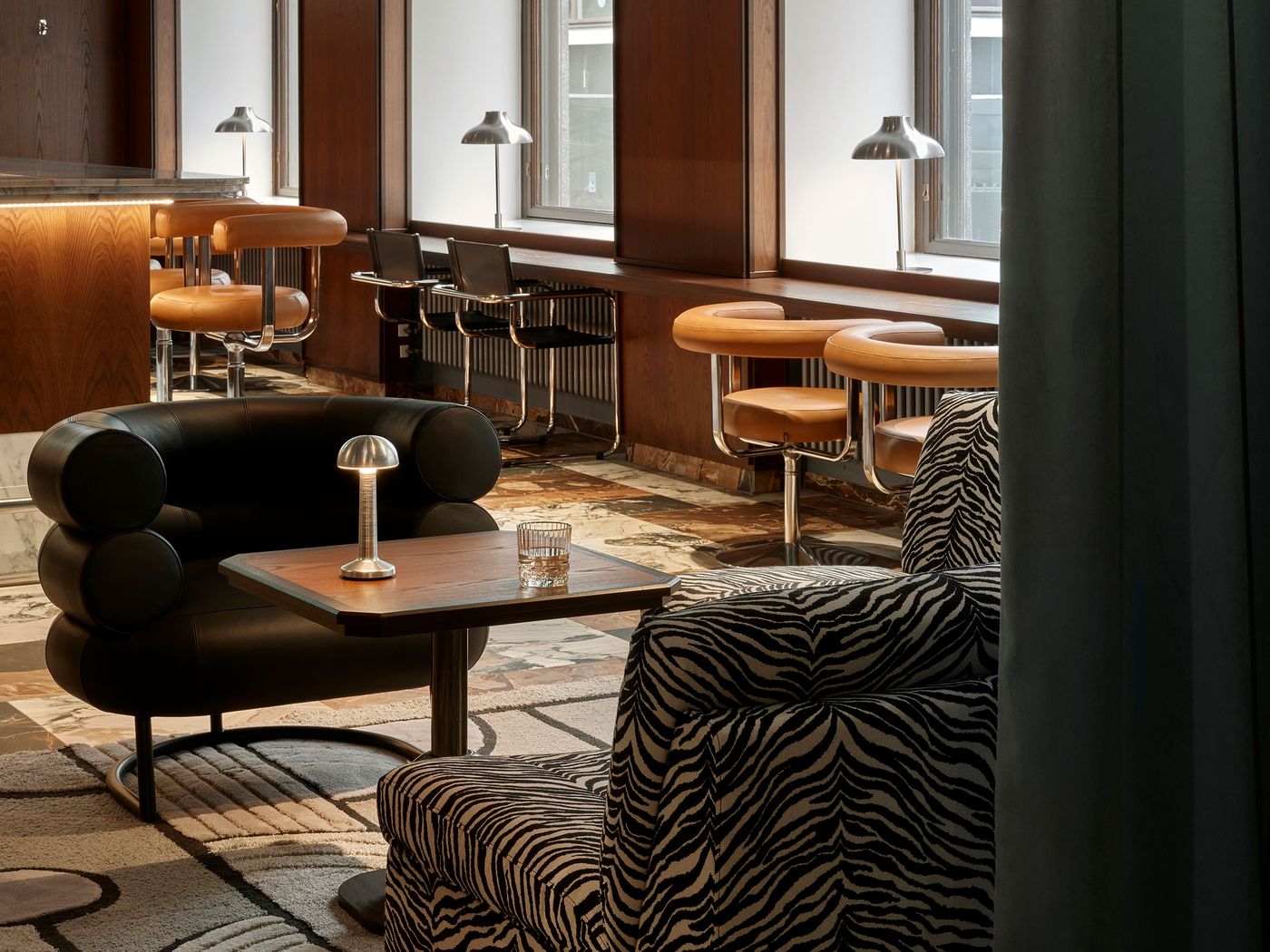
Photography by Riikka Kantinkoski.
Designed by the architect duo Jung & Jung in the likeness of the American skyscrapers of the 1920s, the bulky, classical-style exterior of Hotel Torni belied Art Deco inspired interiors as befitting a luxury hotel. Despite falling quite short, literally, of its American counterparts, the thirteen-storey building was very controversial at the time of its planning—the city’s town council and administrative court were against the project calling it an eye sore. After a protracted and costly legal battle, the hotel opened its doors in March of 1931 making quite a splash; not only was Torni Finland's first fully electrified building, it also featured a state-of-the-art telephone exchange, en-suite bathrooms (a novelty at the time only becoming the norm in Finland in the 1980s), and even a rooftop mooring dock for the German airship Graf Zeppelin (sadly never used). In the decades that followed, Hotel Torni burnished its new-age ethos with a series of additions including the city’s first rooftop bar in 1951, which was equipped with electric heaters and triple-glazed windows so it could receive guests even in the winter months, and Finland's first Chinese restaurant two years later.
The hotel’s bold architecture and luxury amenities made it a magnet for local politicians, intellectuals and artists such as acclaimed composer Jean Sibelius and Nobel literature prize winner F.E. Sillanpää, as well as foreign dignitaries and celebrities like US president Herbert Hoover, Prince Bertil of Sweden, American aviator Charles Lindbergh and legendary entertainer Josephine Baker—not to mention Torni’s notorious history as a base for spies during the Second World War.
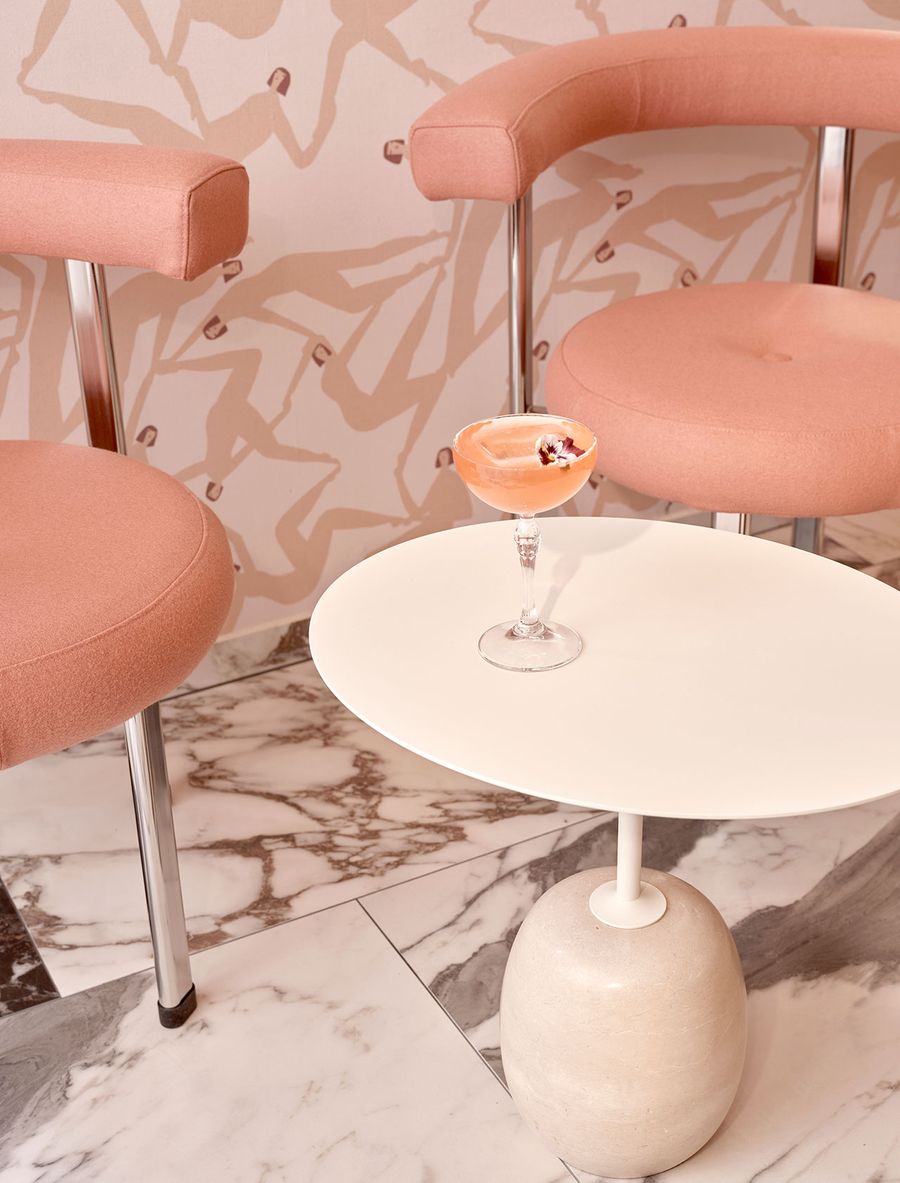
Photography by Riikka Kantinkoski.
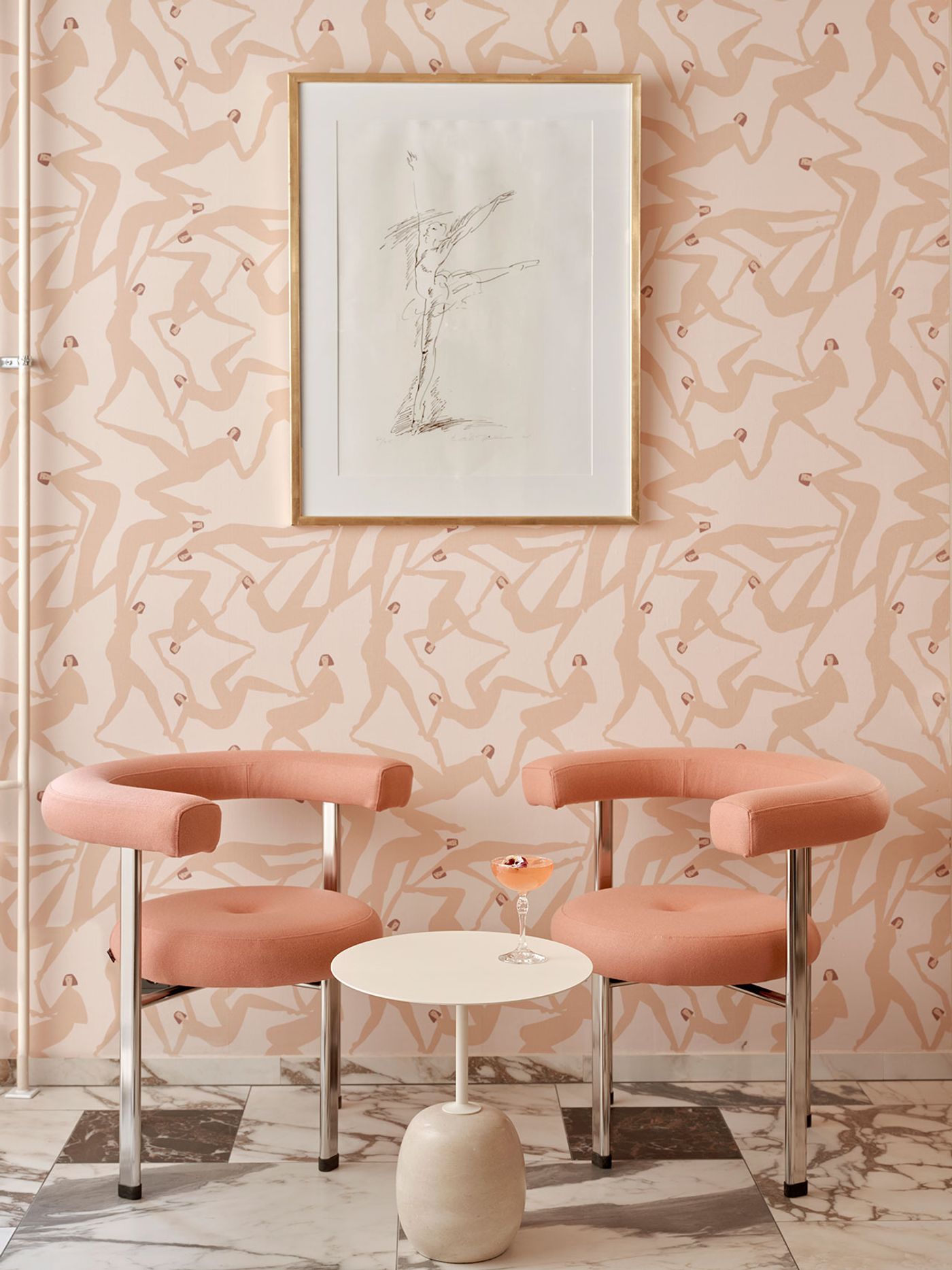
Photography by Riikka Kantinkoski.
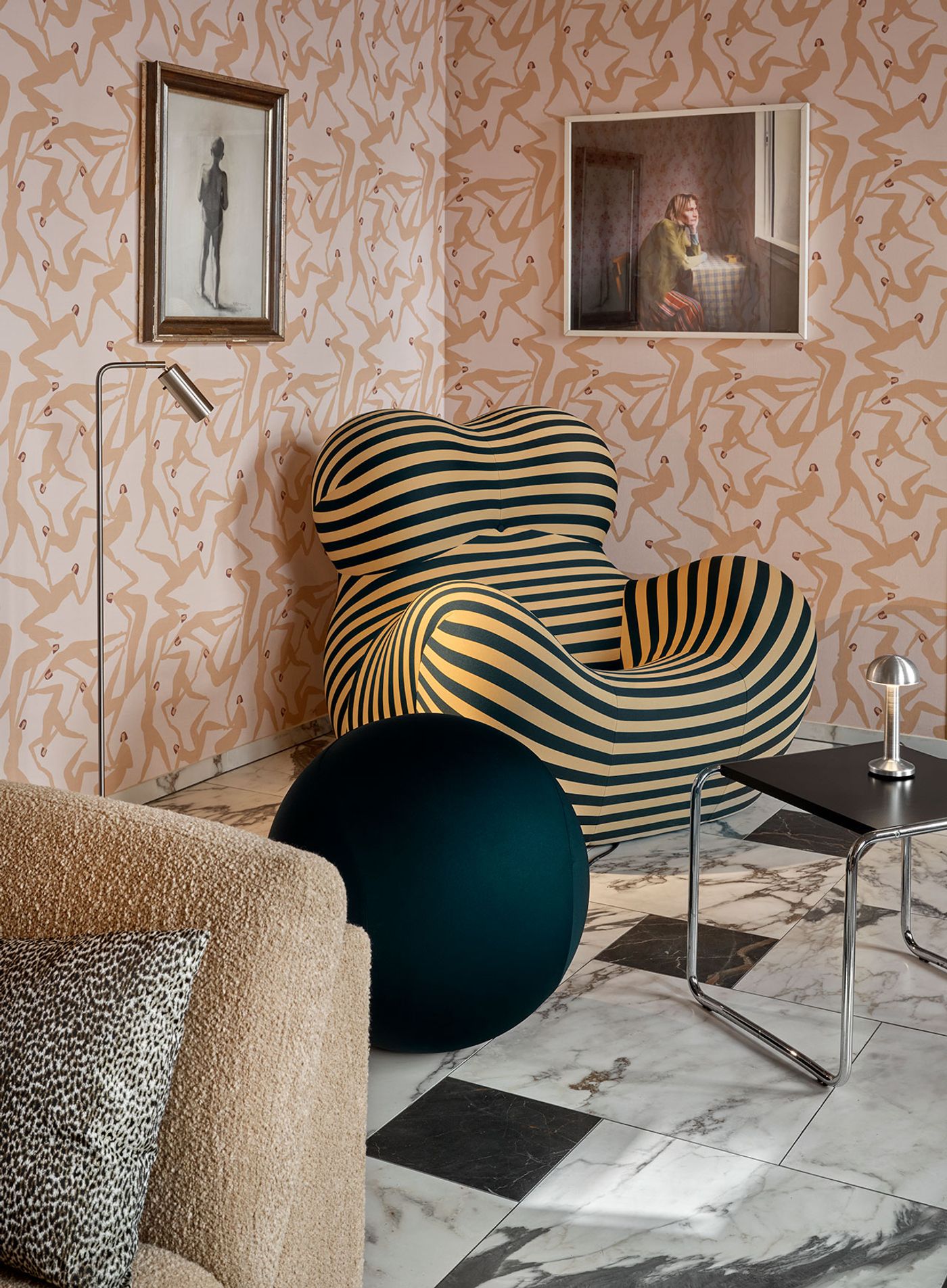
Photography by Riikka Kantinkoski.
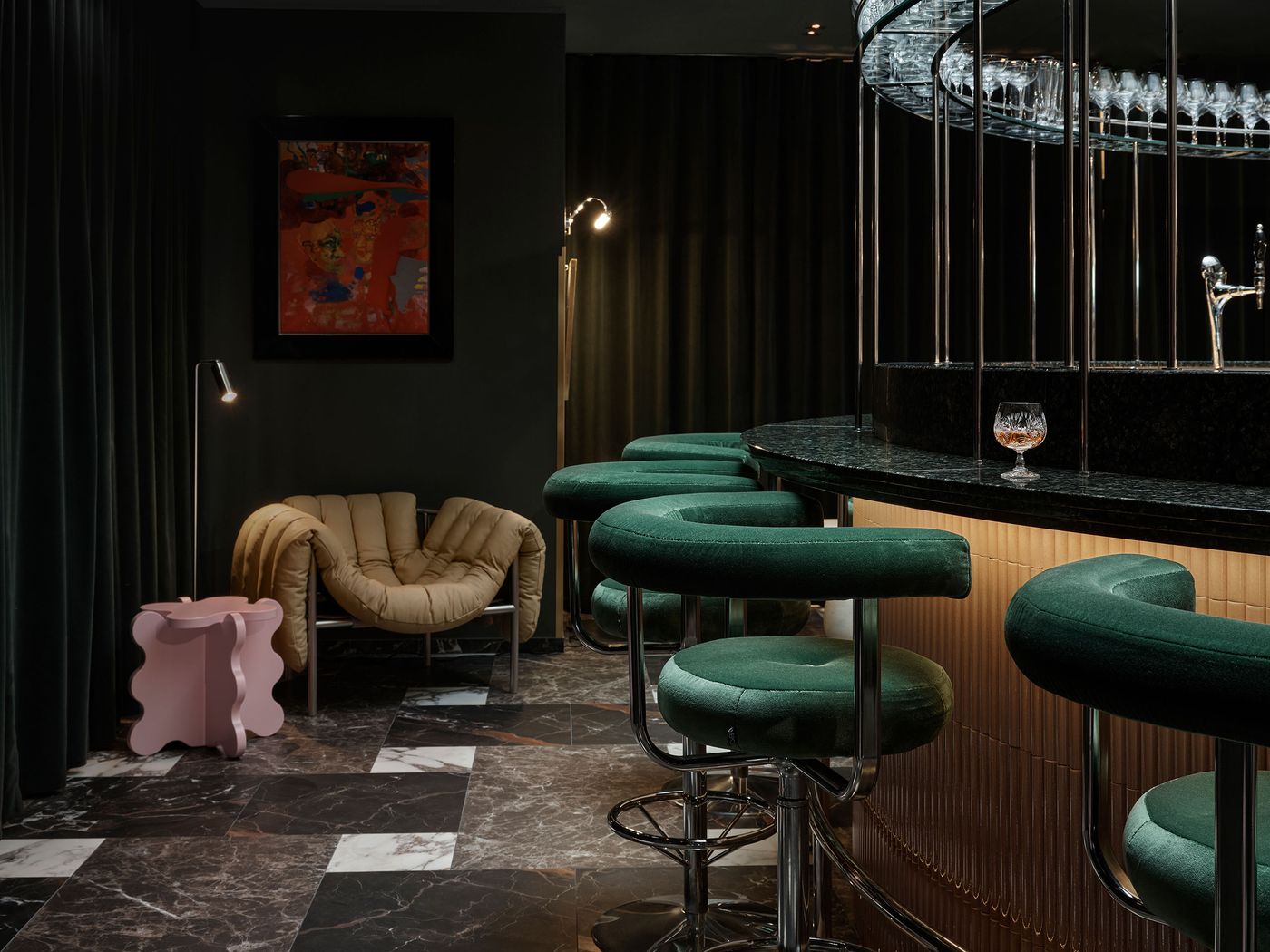
American Bar. Photography by Riikka Kantinkoski.
Torni’s reputation as one of the city’s most preeminent, vibrant gathering spots has been given a boost by the venue’s revamped bars and restaurant. Originally opened in 1960, the American Bar returns to its original location under a magnificent Art Deco glass dome at the heart of the hotel, welcoming patrons into a moody space of timeless sophistication. Dark green velvet curtains, dark-painted walls and earthy-hued patchwork marble flooring comprise a sulky backdrop for the black marble-topped bar counter whose circular shape mirrors the glass dome above. Decorative sconces by acclaimed Finnish lighting designer Paavo Tynell, which were found in the hotel’s storage and painstakingly restored, enhance the bar’s mid-century tone and sensuous ambiance, while contemporary furniture pieces add playful notes with sculptural forms and pops of colours.
The mix of mid-century and contemporary elements is carried onto the all-new OR Restaurant, a modern brasserie and wine bar on the hotel’s ground floor. A bright and airy space, the restaurant is enveloped in an earthy palette of beige, ochre, brown and black with pops of light blue. Le Corbusier’s Lampe de Marseille wall lamps further enhance the décor’s modernist sensibility and understated elegance while a series of contemporary paintings, sourced from the hotel’s extensive collection of Finnish art collected since its opening, add to the restaurant’s vibrant character. Partly purchased, partly gifted (oftentimes in lieu of payment by cash strapped artists), the hotel’s collection, which includes paintings, illustrations, sculptures and photographic works spanning a century, has been further enriched with pieces from SOK’s own art collection, and new works commissioned for the renovation.

OR Restaurant. Photography by Riikka Kantinkoski.
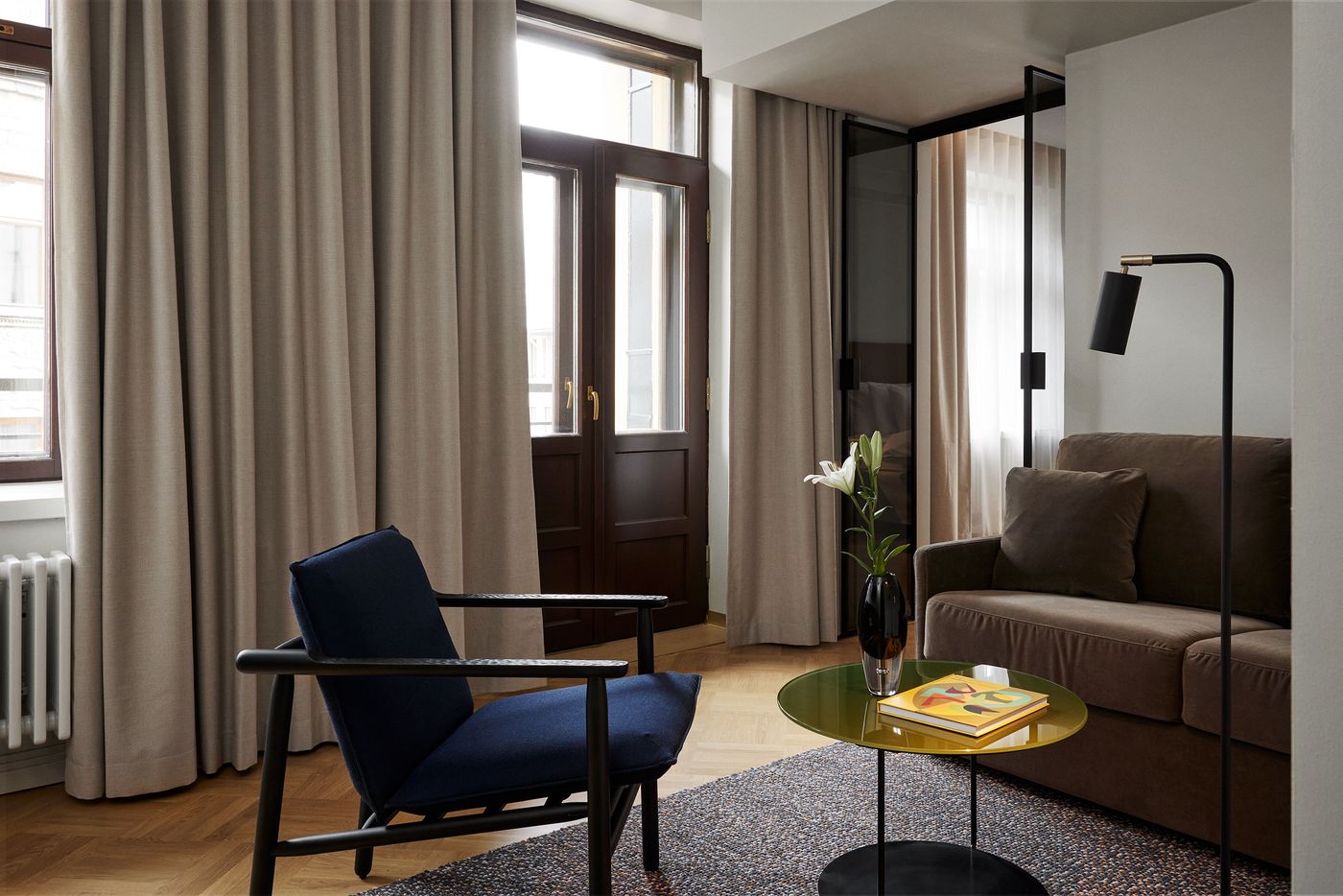
Torni section guest room. Photography by Mikko Ryhänen.
Underpinned by a sense of bohemian luxury, the renovated rooms are a haven of serenity and Scandinavian elegance. Interior designer Joanna Laajisto has furnished the rooms with oak parquet flooring, ochre-hued velvet headboards, bespoke brass lighting, handcrafted rugs by Finnish brand Roots, and custom designed mosaic bathroom tiles. Understandably, the most desirable rooms to stay in are on the top floors of the tower where Laajisto has complemented the panoramic views of the city with dark wood details and plush upholstery in shades of brown, and dark blues and greens.
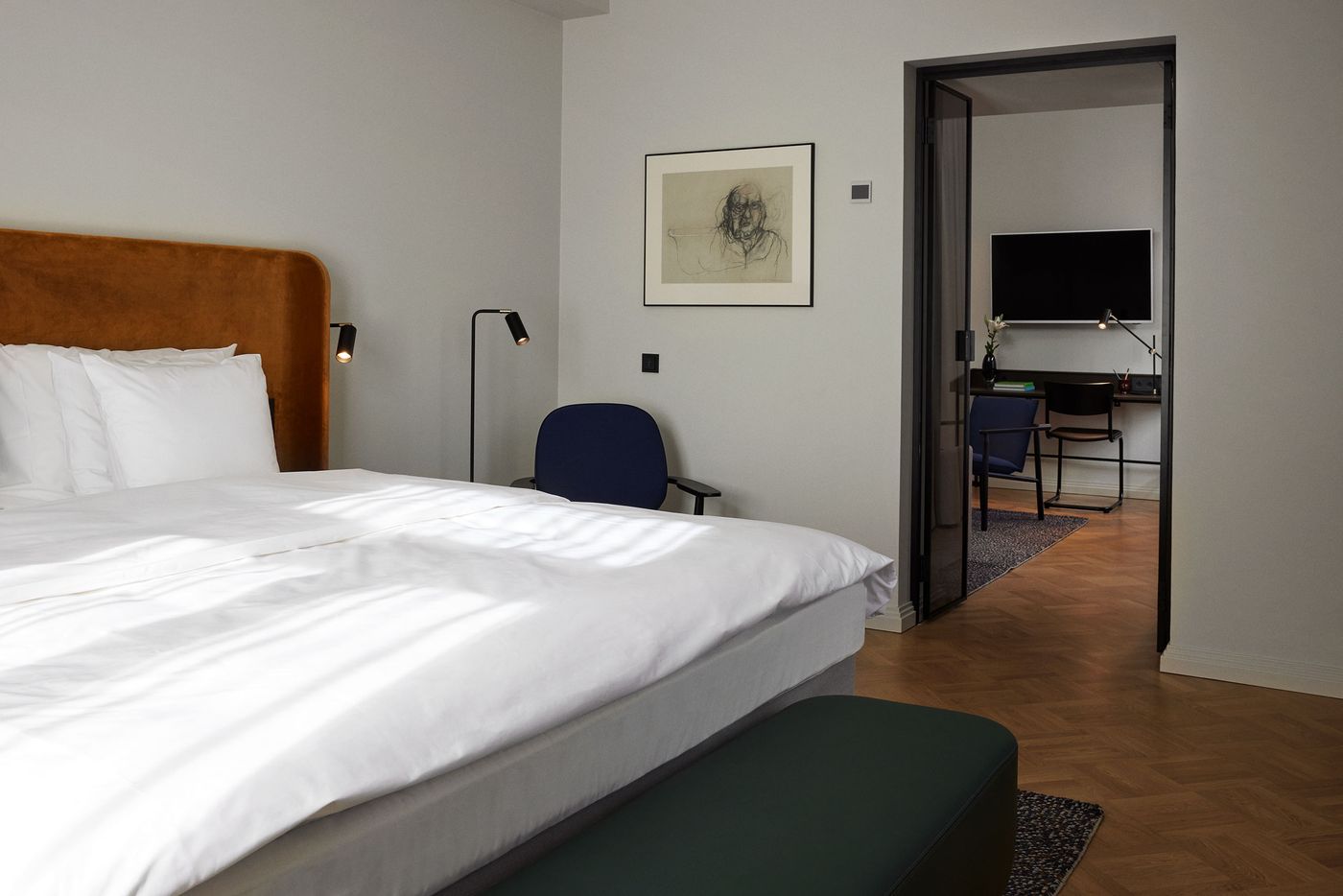
Torni section guest room. Photography by Mikko Ryhänen.

Torni section guest room. Photography by Mikko Ryhänen.
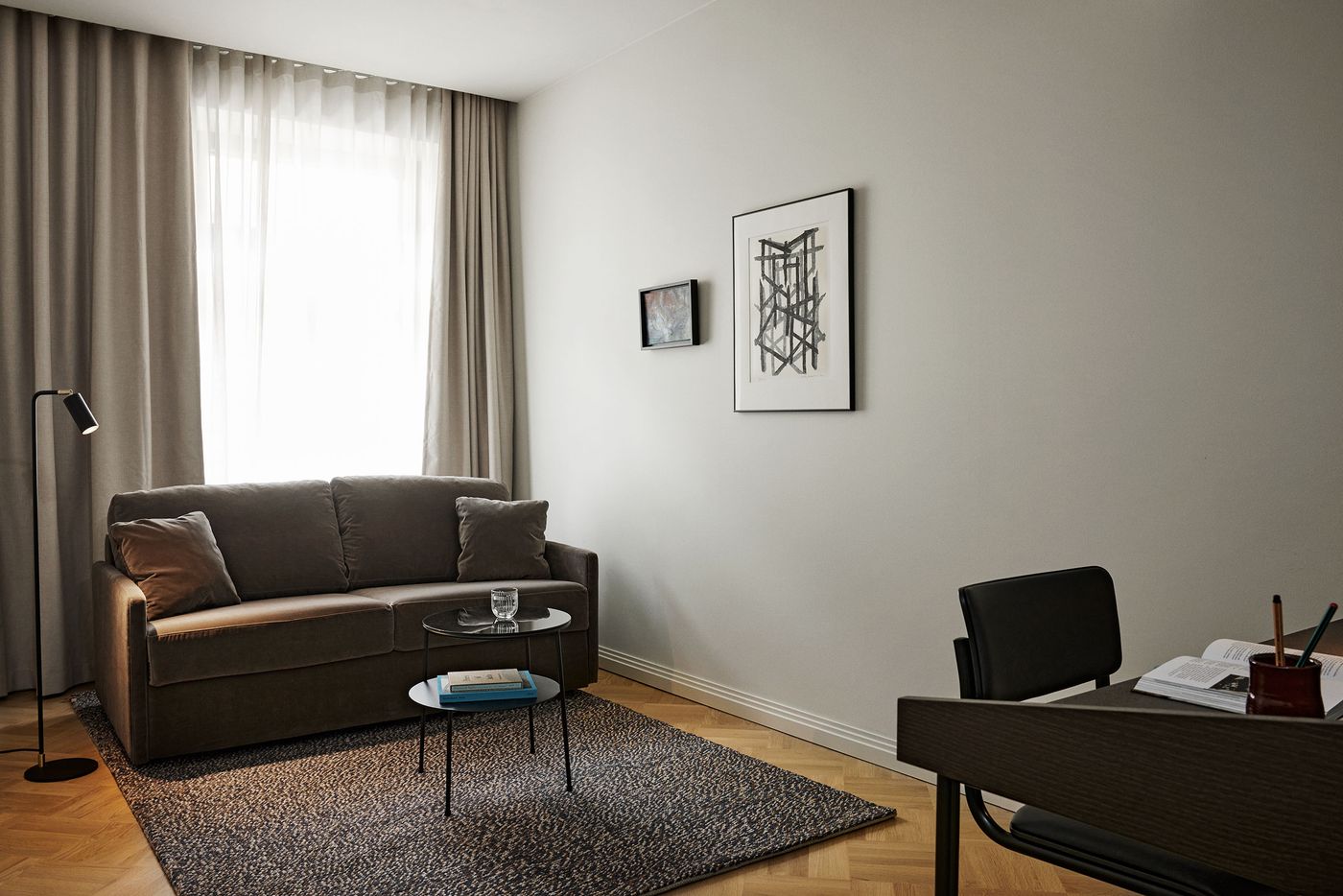
Torni section guest room. Photography by Mikko Ryhänen.
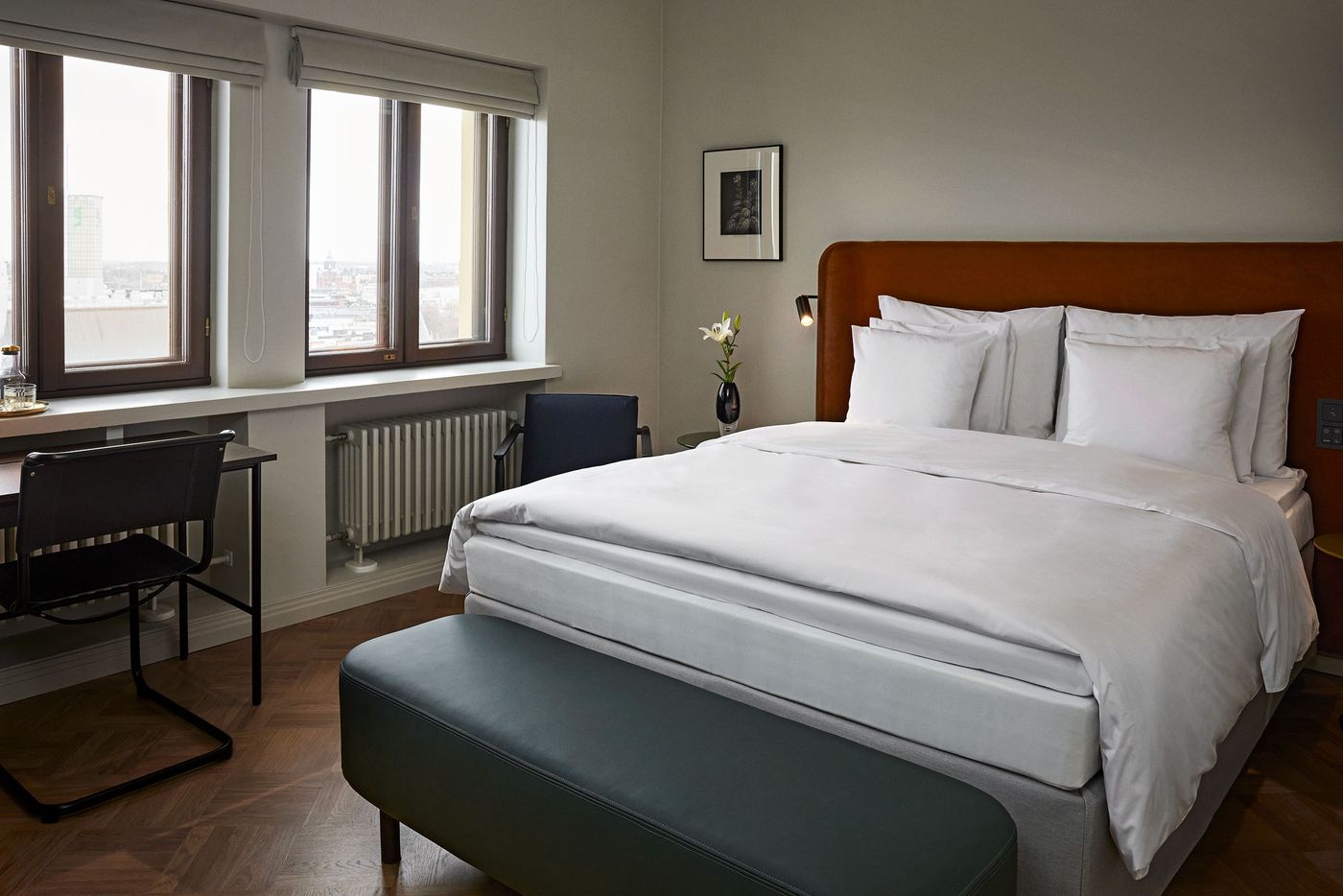
Torni section guest room. Photography by Mikko Ryhänen.
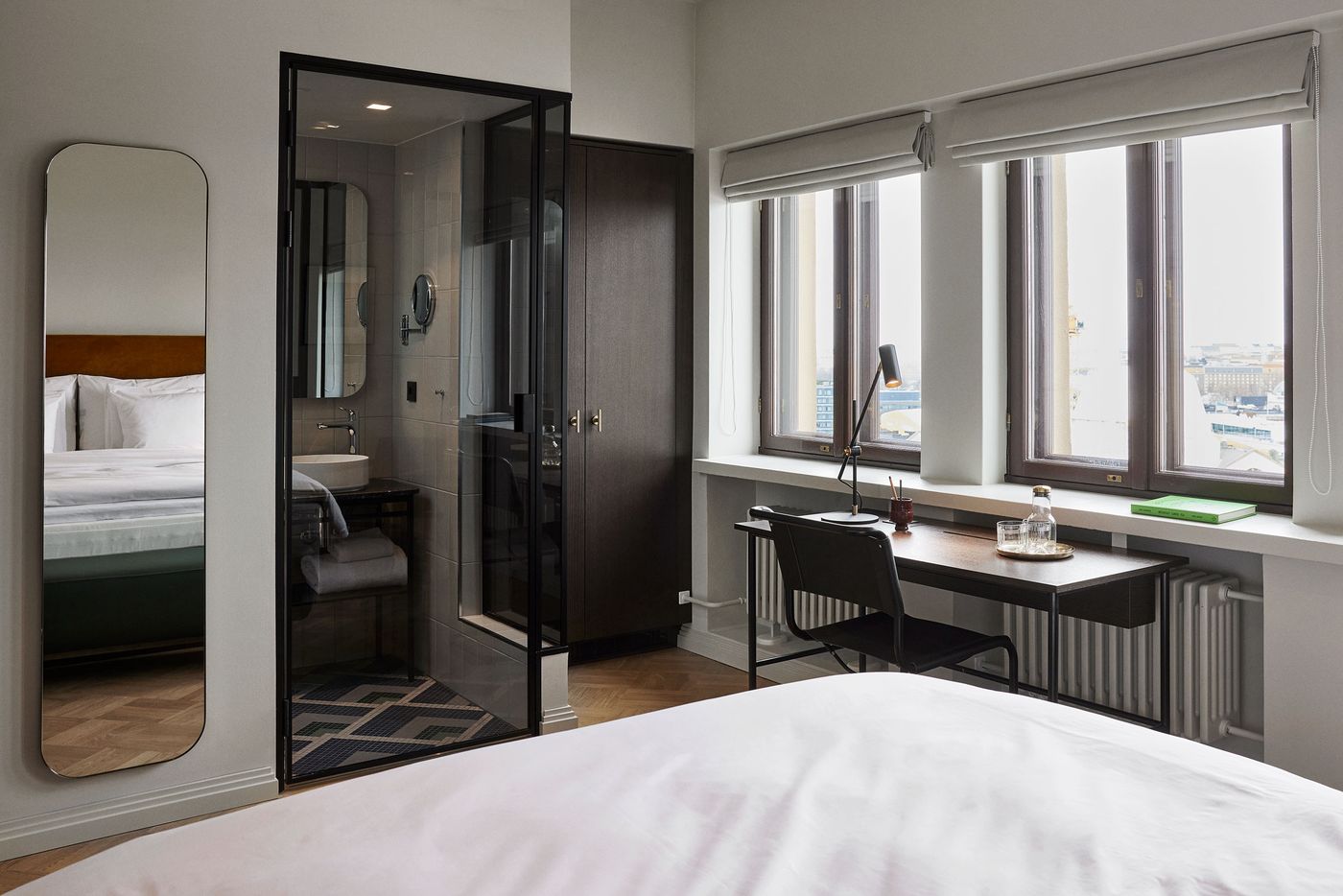
Torni section guest room. Photography by Mikko Ryhänen.
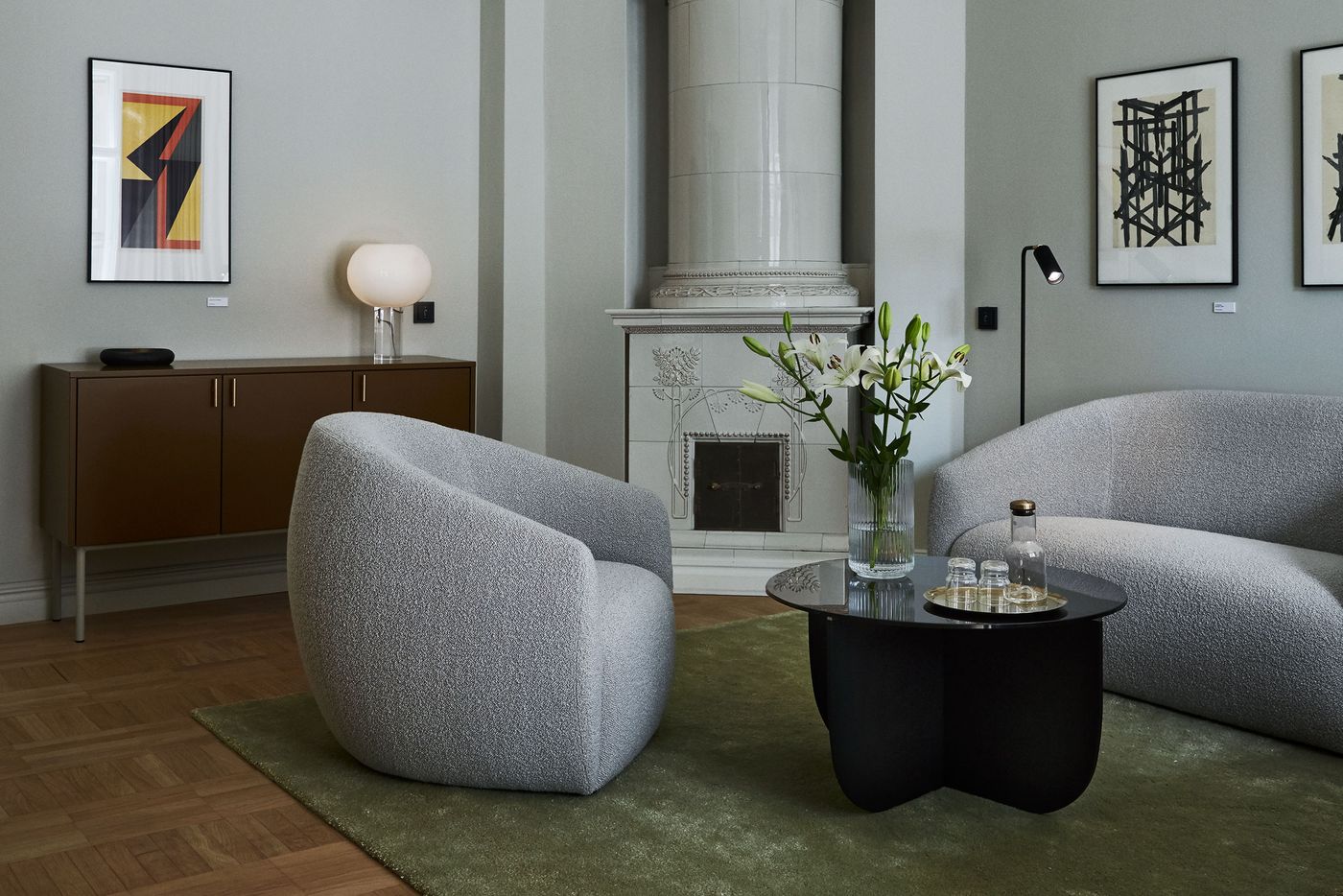
Kyllikki section guest room. Photography by Mikko Ryhänen.
If you ask us though, the best rooms can be found in the hotel’s Kyllikki section, a 1903 residential building that was incorporated into Torni during its previous renovation in the 1980s. Taking advantage of the building’s Art Nouveau heritage, Laajisto has meticulously restored the magnificent tiled stoves and panel doors in the guest rooms, as well as the decorative murals, plaster moldings and stained-glass oeil-de-boeuf windows of the original staircase. Bespoke carpeting in both sections animates the corridors with its bold graphics, while the hotel’s immaculately renovated ‘cage’ lift makes for a fitting segue between both past and present.
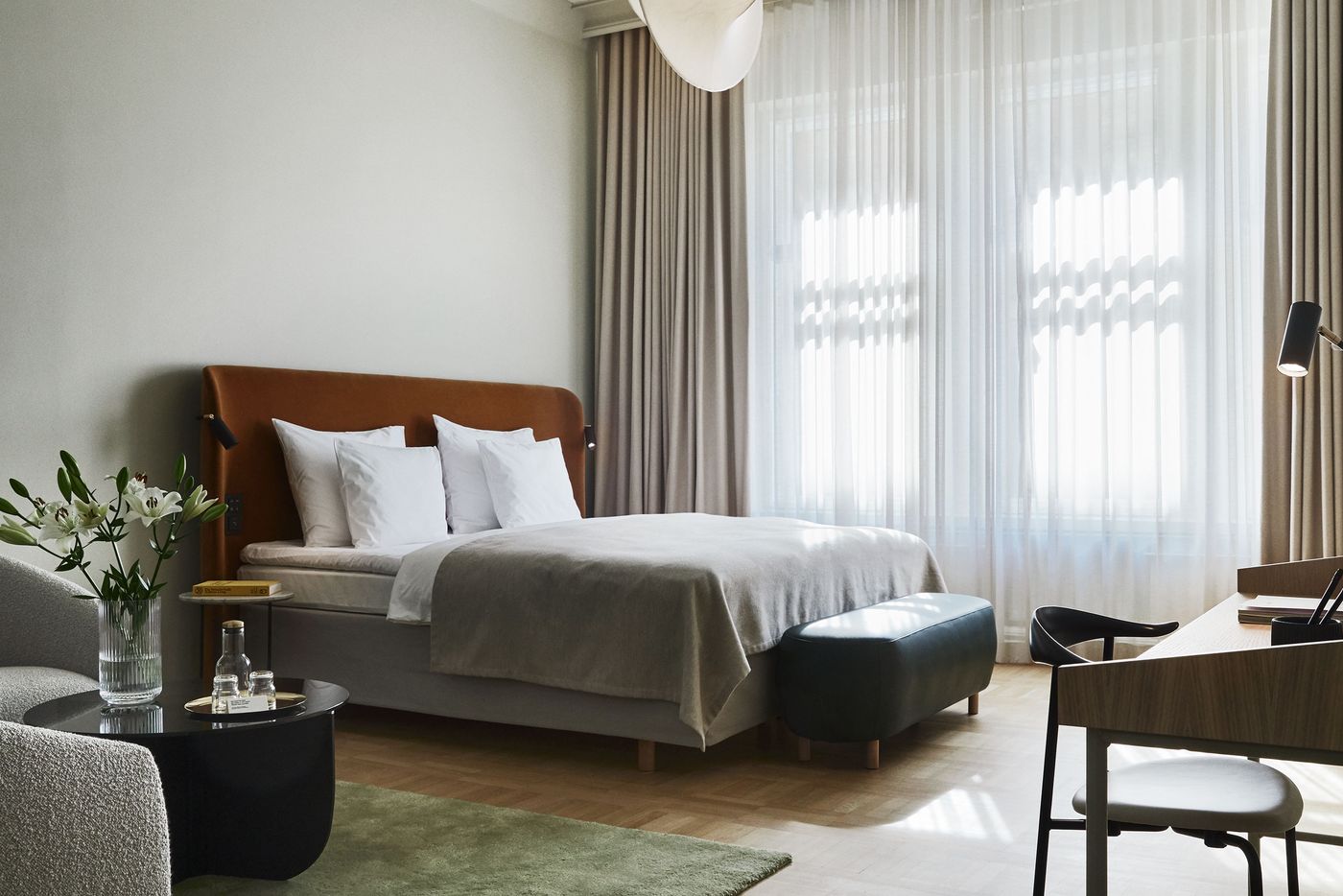
Kyllikki section guest room. Photography by Mikko Ryhänen.
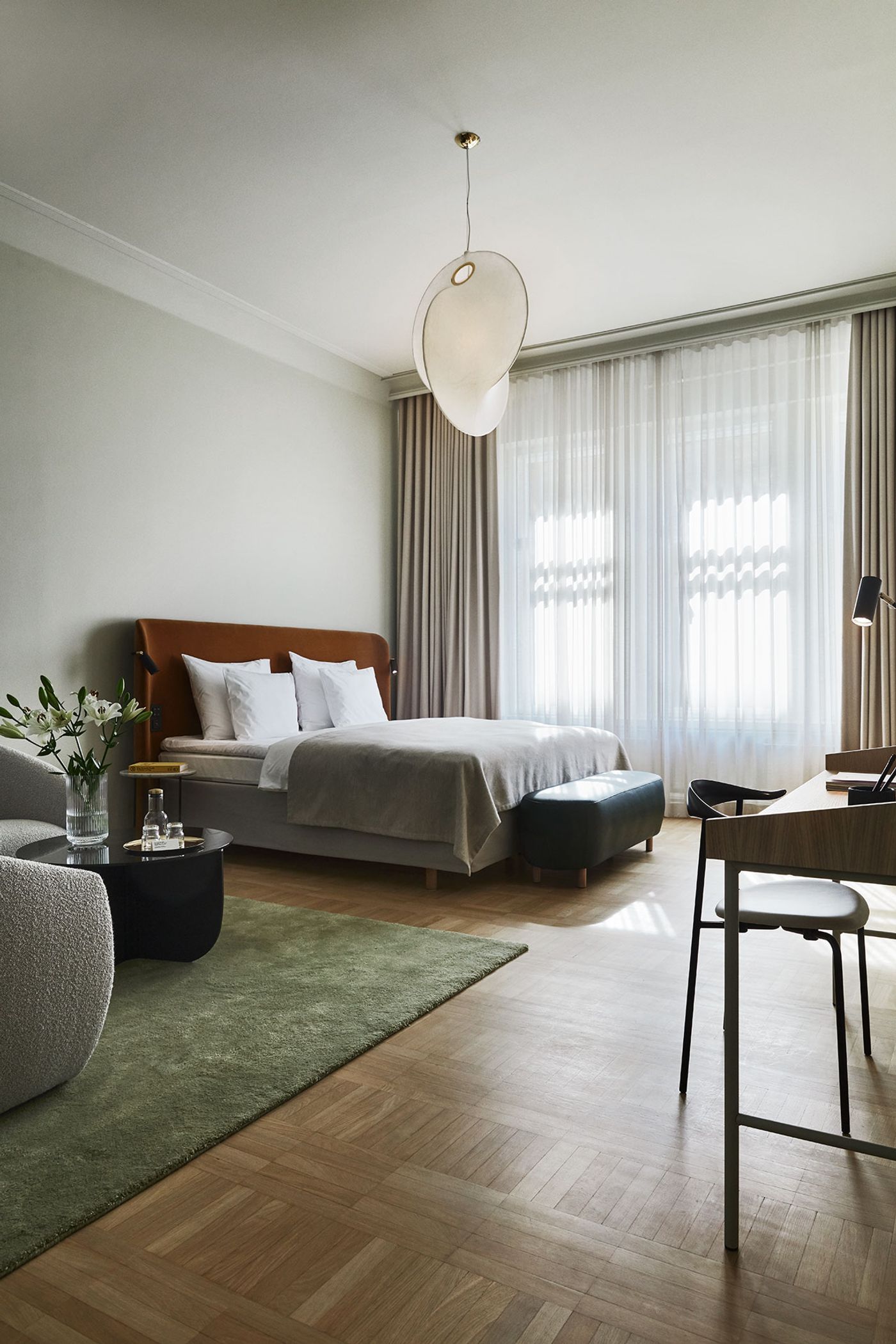
Kyllikki section guest room. Photography by Mikko Ryhänen.
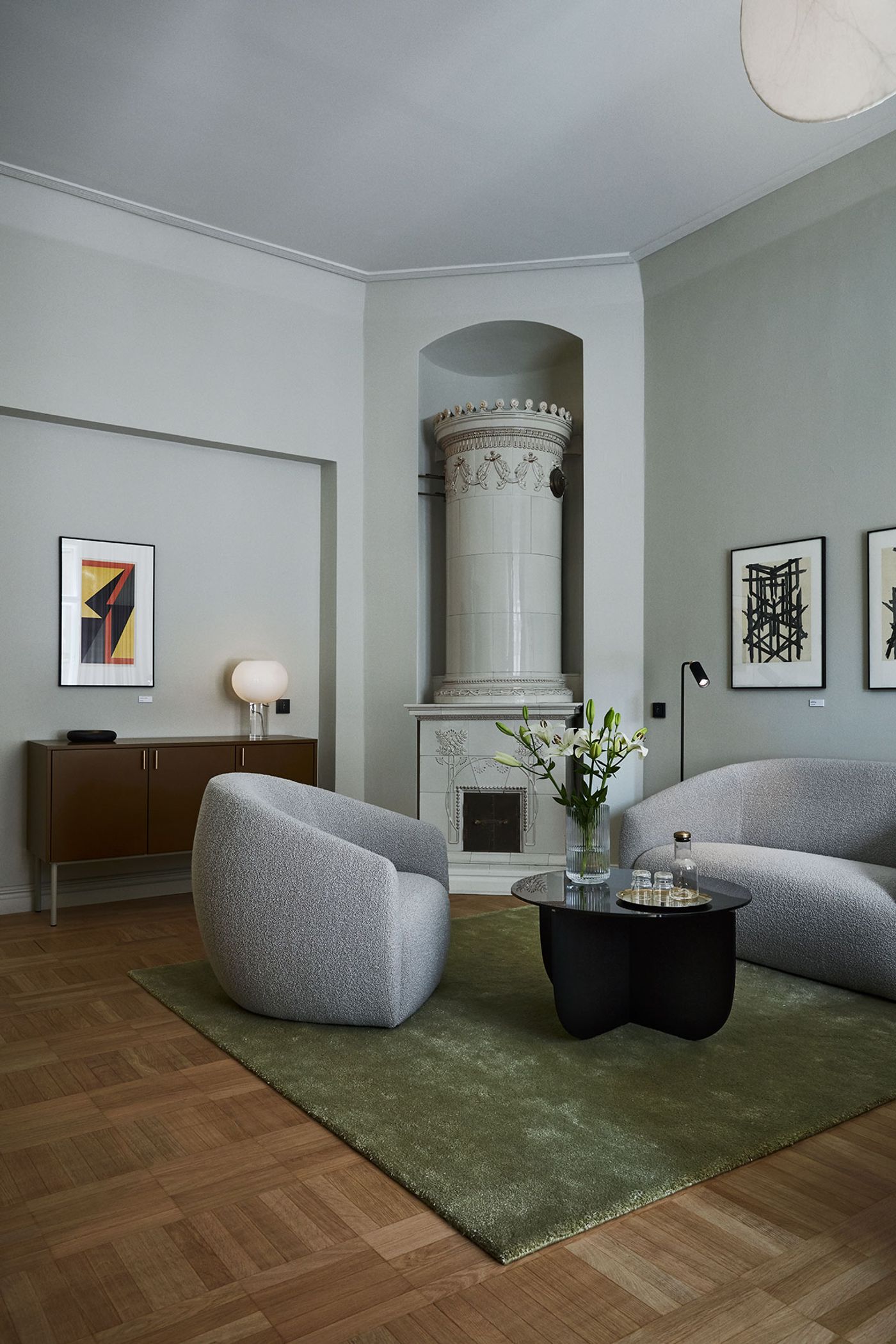
Kyllikki section guest room. Photography by Mikko Ryhänen.
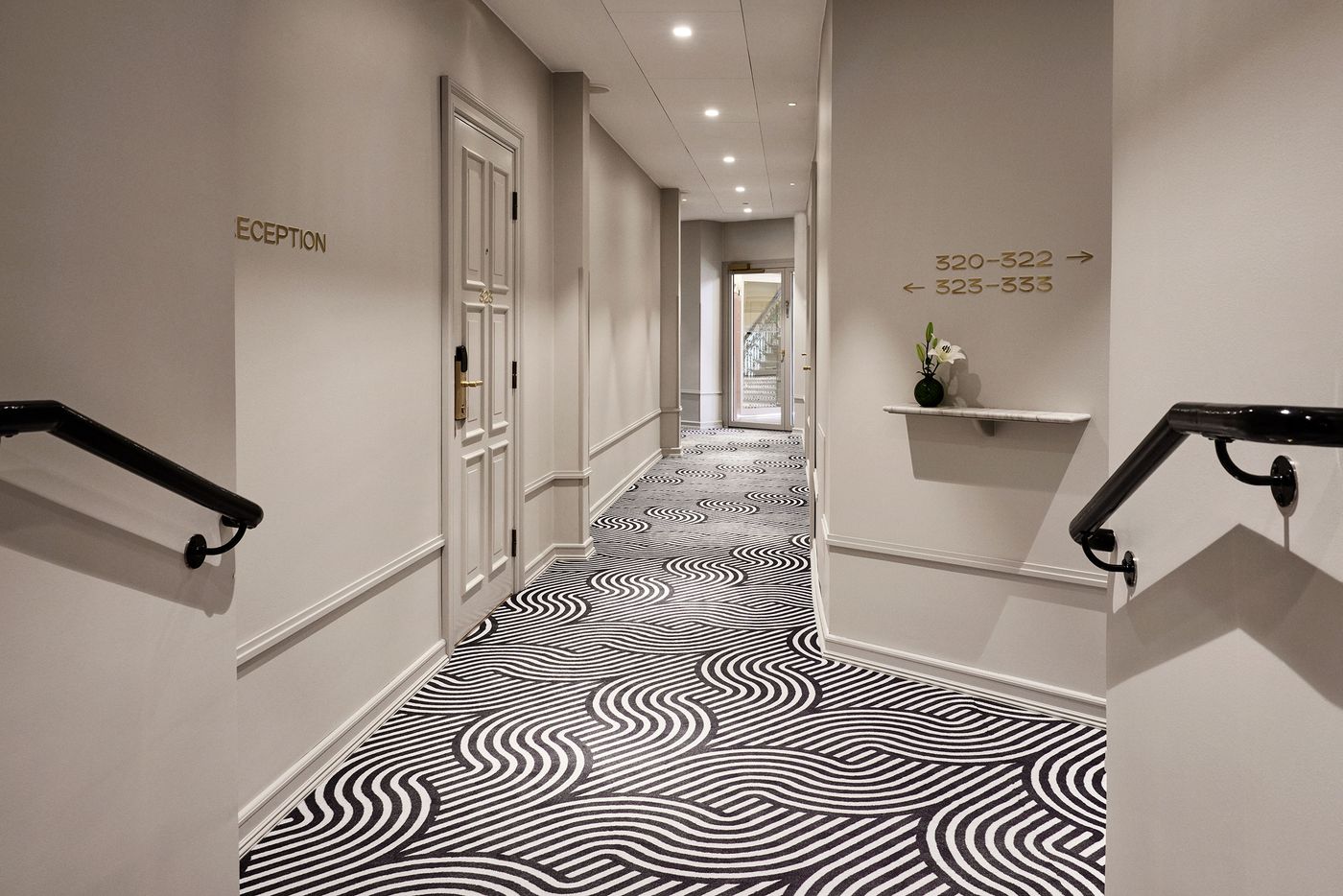
Photography by Mikko Ryhänen.
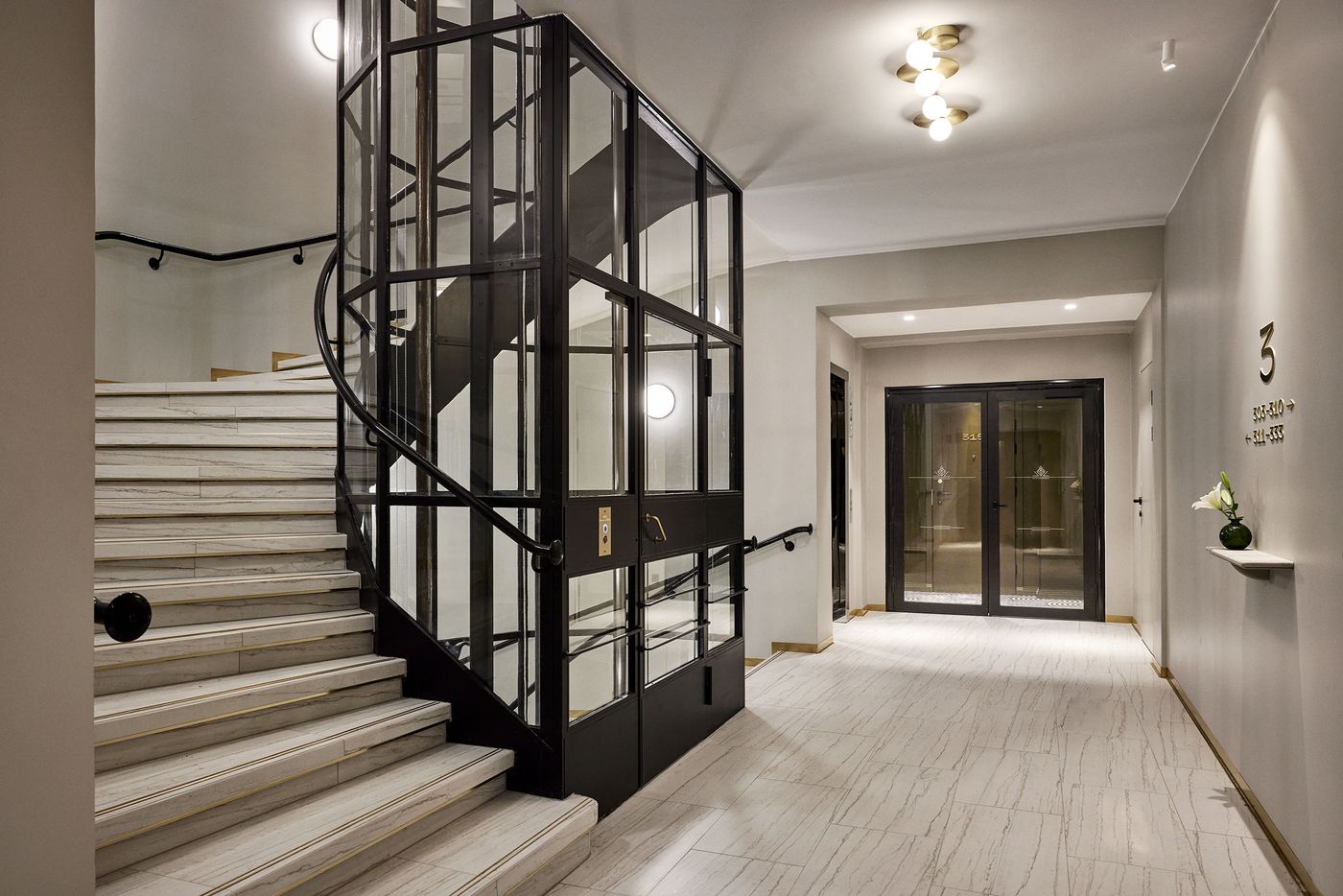
Photography by Mikko Ryhänen.
Offering the best views in town, the legendary Ateljee Bar on the hotel’s 13th floor is much more subdued in comparison with the ground floor bar and restaurant as interior designers Fyra wanted the space to take a back seat to the panoramic views of the city. Enveloped in a soothing colour palette of beige, cinnamon, blue and dark timber, the venue is an all-day affair, serving breakfast in the morning, afternoon tea, through to late-night cocktails—in fact, it has become one of the most popular nightlife spots as we can attest when we stayed there last month. Originally accessed through a narrow spiral staircase which has been faithfully restored, the bar has been conveniently extended down to the 12th floor so it can now be directly accessed via the elevator.
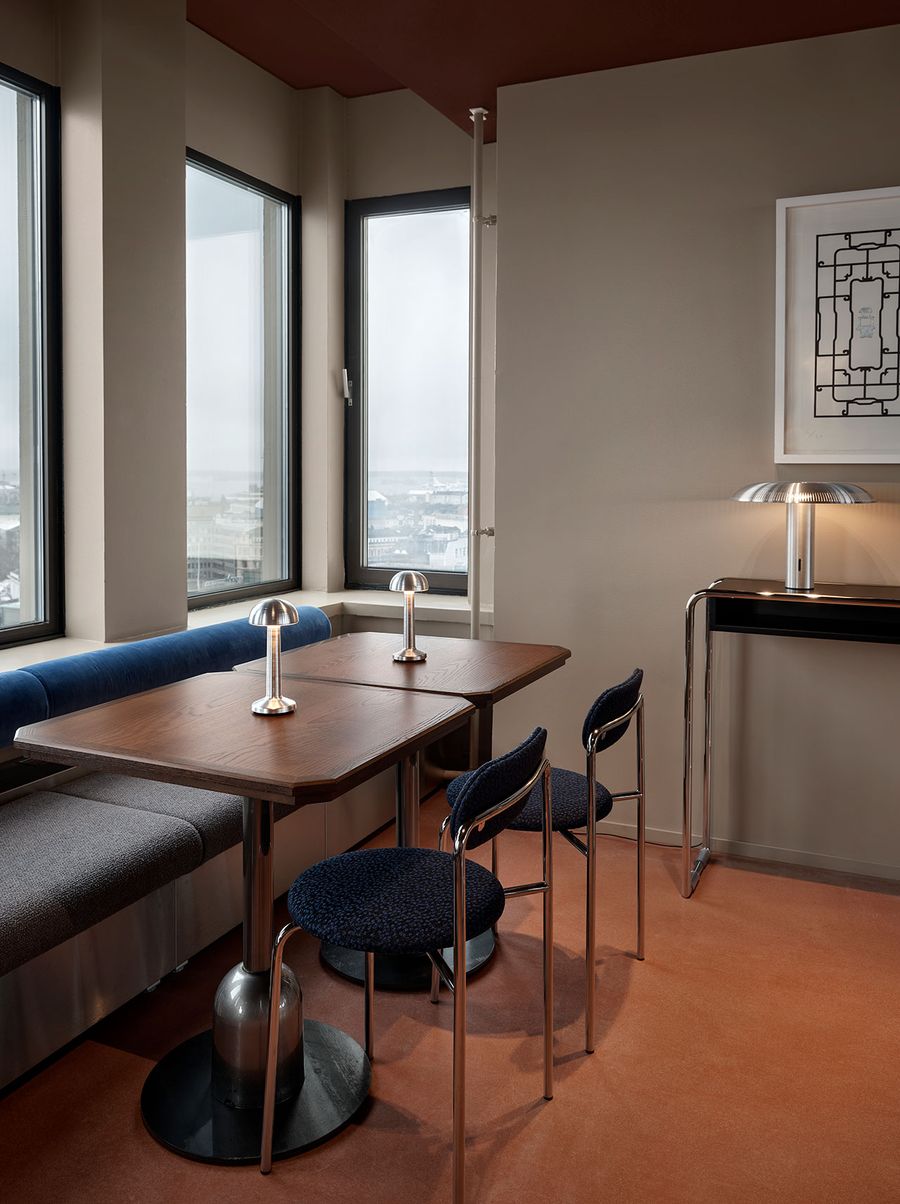
Ateljee Bar. Photography by Riikka Kantinkoski.
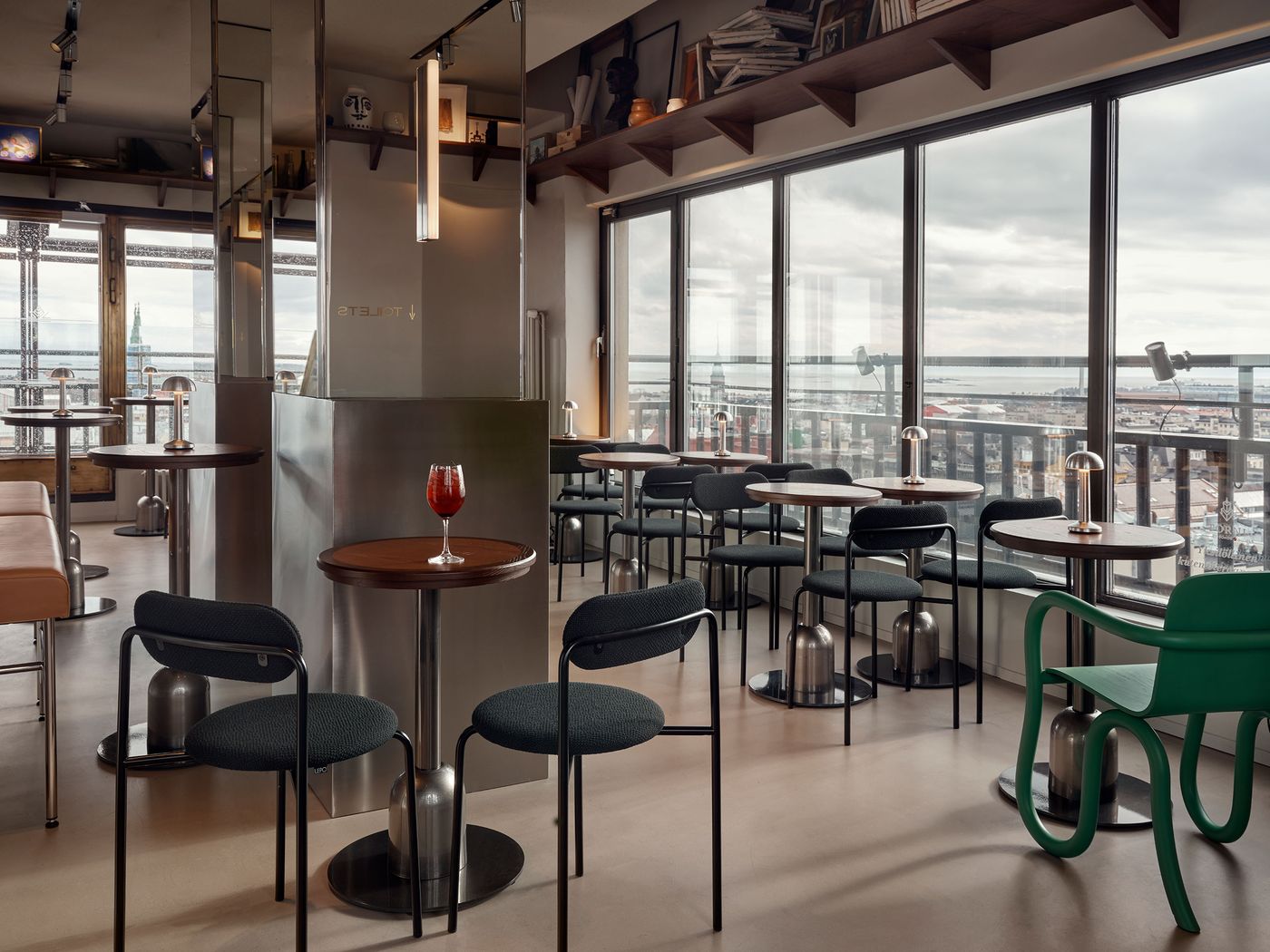
Photography by Riikka Kantinkoski.
